|
After finishing my time in the southwest, I decided to go to Mexico. I've been staying at an airbnb in Mexico City for several weeks now, and am delighted by the myriad of colorful houses, flowers and greenery, music, delicious food stands, and murals. How have I lived my whole life next door to this country and never once visited before?
I'm staying in the south part of the city. The proprietor of the airbnb, Rosy, and I have been taking long walks around Lake Cumenco in Xochimilco, watching the herons and cranes take flight over the green water, exchanging language (her English is much better than my Spanish), and she's been taking me to her favorite restaurants and parks. I haven't traveled to another country in almost two decades, and I'd forgotten how much it wakes you up and it makes you look at things in a whole new way. As a white American woman who wants to write with diverse characters in my novels, I am being reminded how important it is to be immersed in and spend time with the people and culture of other countries to have even a hope of writing real characters of other ethnicities. This impromptu side trip is turning out to be not only something to treasure, but something from which to grow and learn. Below are a few favorite photos so far.
0 Comments
It's been a busy few months! After traveling in Michigan, Indiana, and Arkansas to see family (some of whom I hadn't seen in 30 years!), I had to decide next moves: back to Maine, or on to new adventures? I had spent lots of time with family and friends... Now, how about some national parks? Yes, please! So I've spent the last two months in Las Vegas--not someplace I ever even imagined visiting for a weekend. I have spent some time on The Strip, and found it fascinating, if overwhelming. But mostly I have been using Las Vegas as a base to see national parks. This is my first time in this area of the US, and I am astonished at the beauty here, so different from the green forests back home. Below are a few photos of highlights, especially of my favorite tour, Antelope Canyon, Navajo Nation Parks. With all the trip planning and taking on a certification program that's been on my to-do list for a while, I haven't been getting much writing done. Sometimes I feel like everything I experience is a possible pool to draw upon for writing, and that I need to document it all as much as possible JUST IN CASE I might want to use it some day. BUT! It's also important (MORE important! I mean MORE important!!) to just be sometimes and not try to consider everything as potential future writing material. Not everything has to be documented and considered and applied! So that's what I'm trying to do. :) Above: photos from Lower Antelope Canyon Navajo Nation Park
Below: teddy bear cactus, Bryce Canyon National Park, Valley of Fire State Park, and three from Death Valley National Park, including some wild burros :) This past spring, my landlords of seven years informed that they were taking advantage of the red-hot housing market and selling my rental. Since there was (and still is) an extreme shortage of housing in my hometown, this was very alarming news. But after a short time, I realized this could be an opportunity. I had been considering changing my job to part-time anyway, so what if I used this time to quit my job and create a little mini-gap in my life to do all the things I never had time to do? Wouldn't it be fun to just get in my car and set out for adventures unknown, taking photos and having time to write and explore, see some national parks and visit friends and family along the way? I decided to do it! I started planning. Dreaming. Joined groups on-line about women living in their cars and vans, glossing over the challenges and drinking in their words of adventure, freedom, and autonomy. I put notice in at my job. My brother helped me take out the backseat of my car and create a mini-camping space. I plotted out interesting travel points on the way from Maine to Michigan: Vermont! Niagara Falls! Cleveland! I set out in late September, car crammed with clothes, blankets, snacks, books, and other necessities. Maine roads are winding and narrow and tree-canopied, and it was a beautiful sunny drive, the White Mountains peeking at me in the distance and the trees just lightly brushed with fall color. I made it that night to New Hampshire and the next day to the Green Mountains of Vermont. And on day four of my big road trip that I'd planned for and been excited about for months, I gave up and turned around and drove back to Maine. What happened? Nothing horrible. Just a lot of little things, like getting lost constantly (did you know that GPS can go rouge?!?!?! I am now familiar with every dirt road from Montpelier to Burlington!!!! NOT INFORMATION THAT I EVER WANTED TO HAVE!!!!). Also, my old car started making new and alarming sounds despite all the repairs I'd just had done, and it leaked when it rained, making everything in the backseat passenger side damp. But mostly, I was just reminded how much I really, really, REALLY don't like driving. I was hoping that the typical physical and mental stress I usually experience with driving would be mitigated by the adventure of it all...but it wasn't. I could wallow in whether this was an epic fail or not (and I did!), but the bigger issue was, What do I now? I didn't have a place to live (and was staying with kind friends), had quit my job, and had sunk a lot of money into this plan, mostly in car repairs. And I still hadn't gone on my big adventure. Should I just give up completely and find a new job and (somehow, somewhere) a living space? Or maybe I should I get ONE more repair to the car and try the road trip again more slowly? I am not good at knowing when to quit. Taking some risks are easy: that neon t-shirt at the thrift store for $3.00? Sure! So what if I ended up hating it? Just re-donate it! Spending 15 years on a manuscript that is eating up all my writing time and going off in to so many tangents it resembles an literary octopus? Hmmm...that's a little harder. Did I really want to keep working on this book, or was I just in a pit of sunk-cost fallacy, unable to give up because of how much I'd already invested? And now I was facing a dilemma somewhere in-between. I'd put a lot of time and energy and hope into this trip. How could I just give up? Unlike the t-shirt or my novel, I didn't have time to waffle around--I had to decide now. Did I still really want to try this adventure? Hmmmm...was this really about driving all day and sleeping in my car? No. (NO!!!) It was about the adventure. About seeing family and friends I hadn't seen in years. About hiking in the southwest, a place I'd never been before. It was about feeling free to get up in the morning and letting the day unfold instead of doing the same old routine. I took a risk and it didn't work out. But sometimes all you need is to tweak it and try it again. Try something new with your book. Get the t-shirt in a different color. Or next time, listen to your instincts a little more closely. Don't get in the car, but have your adventure anyway. Find another way. Which is what I did. :) First stop: Michigan! Below are photos of one of my favorite places: Saugatuck Dunes State Park
Frustrated with not making progress on my novel, I decided to hire a writing coach. I was having trouble finding the mental focus to write at all, and when I did, I couldn't stop wandering off on endless plot tangents. I hoped that working with a professional would to push me to write, and to solidify a rough draft that actually resembled a coherent book.
I had never worked with a writing coach before, and wasn't sure where to start--there are so many options! The first step was researching the difference between editors and coaches; basically, a coach helps guide your writing while it is in process, and an editor helps polish finished work. Second, since I was nervous about showing my writing to anyone, I wanted someone that I had met in person and that I was comfortable with. Finally, since I've had unpleasant experiences with asking friends for feedback on writing, I wanted a professional coach, someone with experience and good reviews. I chose Jennifer Jacobson, a writer and coach I met through an MWPA workshop. Not only is she a great writer, but she also has lots of experience with coaching. When I took her workshop, I found her knowledgeable, able to break down writing concepts in an understandable way, and as a bonus, she was kind and tactful teaching the workshop full of us newbie writers. I reached out to Jennifer and we worked out a schedule for me to submit pieces of my writing in four parts, up to 20,000 words per submission, with deadlines in May, July, and August. This could be new sections of writing each time, or re-writes of the first submission. I ended up doing a little of both. For each submission, she emailed, about a week later, an annotated draft of my writing and several pages of feedback. So the big question is: Was it worth it to work with a writing coach? Yes! Overall, I'm glad that I did it. I met my goal to create some readable/editable sections of the book. And I loved getting the feedback, which was constructive, helpful, and in some cases, surprising. When you are mostly the only on reading your own work, you can miss a lot that seems so obvious when someone else gently points it out! But there is one thing I would want to avoid in the future: I wouldn't use the deadlines to FORCE myself to finish sections of the book again. It worked for the first two deadlines and then LIFE HAPPENED and I just didn't have time or energy to focus on the last two. My last submissions were not my best work and created a lot of stress for me to finish. Jennifer was able to be flexible about submission dates within reason, but I had other things going on and pushed myself to meet the deadline for my own needs. I also don't think I would use a writing coach for initial drafting because It was a little distracting to be writing something that someone I admire would read, and I would want to avoid that until the story was more solidified, as it was in this case. At times, it felt a bit like being back in school, creating something that would be graded (or would PROBABLY feel like that, since I avoided all creative writing endeavors in school out of terror of someone actually reading anything I wrote, and can only guess at what I would actually feel!). Thankfully, this process was the opposite of terrible. It felt encouraging. Guiding. Hopeful. And I look forward to trying it again soon! EDIT: Since writing this, Jennifer Jacobson has joined a small team of writing coaches and in addition to her own website, linked above, if you would like to check out her coaching (or one of her co-coaches) you can find them here, at Re(vise) and Shine! Nobody will stop you from creating. Do it tonight. The fear of what others will think can stop us from sharing. It can stop us from finishing. It can stop us from creating altogether. I think it is important to acknowledge this, and to remind ourselves that this is all part of the process. It's normal, and even the artists and creators we admire go through it." One of my goals this past year was to learn more about writing, and one of the ways I did that was by reading! The books below are those that I recommend. Hope you find something useful in the list :)
The final post for the Monson Arts Residency! This is mostly musings on the overall experience and a thank you to the folks that made it possible. If you are wondering about doing a residency or about Monson Arts residency in particular, hopefully it is useful to you. (And if you would like to know more about the town/area of Monson and some program basics, please see previous posts, Monson Arts Weeks 1 and 2, and/or the Monson Arts website.)  I'm writing this at home, reflecting on my month of Monson, missing the trees and the people and the quiet. I'm not adjusting well to being back; my home, full of projects and things calling out for attention, feels overwhelming. I can hardly stand to be in it. Maybe I can take a page from the lovely, pared-down simplicity of the residency and try to re-create it here. What I hoped for Monson Arts was to get a lot of writing done, not be too homesick, not embarrass myself socially, and maybe see the Appalachian Trail. I also hoped, but didn't expect, to use the time as a breakaway from my life, to just be. To write without worry. To interact with other people without “shoulds,” to get quiet. I think all of those expectations and hopes were met. Of course the point of going was WRITING. During the 27 days of Monson, the main focus for all ten of us residents was to get as much done with our projects as possible. Mine was to turn a "frankendraft" into a clean draft. I didn't finish, as I went off the rails with a new idea that wasn't working and decided to start again. I was in good company; I think a common theme among the residents was, “Am I doing enough?” Some people expressed frustration over getting distracted with administrative tasks rather than squeezing creativity out of every moment. Even in Monson, distractions exist! But the Monson Arts folks did their best to let us do our thing. Aside from the optional short presentations the first week and the (also optional) final week participation in an open house and reading for the community, our time was otherwise our own. (Another resident, Amanda Galvan Huynh, and I got a chance to work with a group of high school students for a couple of hours during our last week--but again, this was a no-pressure optional activity for us. We did some writing exercises with them, and just BTW: I was BLOWN AWAY by the depth, complexity, and completeness of the poems/stories/rap that the students produced. Just...wow! If you get a chance to work with the group, I highly recommend it!) What I didn't expect was that there would be so much more to this experience than getting a lot of work done and that the things I'd hoped for happened in ways I couldn't predict. Some things that I want to hold close in my memory and in gratitude: Balance: The easy access to nature, working in a group studio, and the simplicity of Monson, made it easy to be balanced, to alternate writing with activities such as hiking or chatting with other people. It made me realize this was lacking in my writing practice back home and is something I want and need more of: Being solitary and quiet in nature. Spending more time with people who put their creative process first. Playing! Rolling in leaves and dancing and writing silly things and midnight canoeing under the full moon (it was a little like summer camp!!) Connecting: Not just chatting, but real, almost daily conversations about craft and process and frustrations and productivity. To sit at a table every day with people who are creating and sharing the same joys and frustrations was AMAZING. I loved getting to know the other residents, to see shy ones come out of their shell (apparently, I was one of these, too). I loved hearing their stories and and learning about the courage they put into their work, and seeing their creations and the mix of joyful and dark and intricate and beautiful. Convergence: So many residents integrated environmental and nature themes in their work, including our human connection to nature and fear/worry about what we are doing to our environment. All of these resonate with my work, and made me realize how linked we all are, how much in common we humans have with each other, even when we think we are doing something solitary and separate. It made me see my work with new eyes and want to delve deeper into my themes. It made me think, again, about why I'm writing and why I'm writing this book. Although each person's experience will vary, I think if you are a nature lover, hiking enthusiast, foodie, a person in need of quiet and time and space to be and create and connect, you would benefit from (and possibly love) the Monson Arts program, too. As mentioned in earlier blogs, the setting, housing, food, and studios are all lovely. The program is well run, and the people behind Monson Arts are warm, generous, talented, and welcoming. All of this makes it possible to focus on creating and being open to whatever other experiences await. I'm so thankful that I was gifted with this opportunity. These weeks of being able to breath and be, coming in in the middle of my otherwise rather constricted, chaotic life, are a treasure I will long hold in my memory (especially through the long Maine winter!). Thank you, Monson Arts! Thank you for letting me be a part of your wonderful program! Thank you Dan Bouthot and Susan DeLoia and Stuart Kestenbaum and James Pullen. Thank you to Lucas Butler all the people at Pineland Farms and the Libra Foundation for making this possible. #MonsonMaine #MonsonArts #WritingResidency #MonsonArtsWritingResidency #AppalachianTrail Week two in Monson Maine! Between writing sessions, I've been walking and hiking around and staring and staring because the trees are stupid gorgeous. Impossible colors. I have made myself stop taking a camera on my walks or I come home with hundreds of photos every day. There is an ATV trail a few blocks from the studio that I've been walking on most days. It's so quiet here. Just rustling leaves and shushing grasses. Other than working on our goals and being bombarded by gorgeousness, this week we ten residents had short presentations for each other--just five-minute reports so we would all know what we do and our goals for the time here. I was only a little nervous about this beforehand, but as each person presented, I shrank further and further into my seat, hoping to somehow disappear. The other residents are amazing. Check out some of their websites (and if you do, note that Sara started off the presentations--how would you like to follow that??):
I just kept thinking: I'm here with them?? How??? In the end, I did speak a little about what I'm doing (revising my young adult novel AGAIN), but I went last and started by saying: "Compared to what all of you do, what I do is the literary equivalent of a Bob Ross painting." Which got a laugh, at least. So there is that. Also, just to clarify: I'm NOT dissing Bob Ross--Bob Ross is groovy, baby! I love Bob Ross! Just...Bob Ross probably isn't going to have his paintings hanging in the MET someday, and some of these folks just might. It's a bit intimidating, you know? But despite their much more advanced talents, everyone here has been very kind to me. It's a truly nice, interesting, diverse group of people. We eat two meals a day together, at The Quarry restaurant, and have spent time hanging out in the lakeside cabin, warmed by a cheerful, cozy fireplace. It's fascinating to hear the other residents talk about other residencies they have done (this is my first--it was none of their first), their processes, their lives. So I get to write, hike around, have interesting conversations with interesting people, and someone else is doing the cooking. Gotta say, am liking the residency thing. This is Living the Dream!! :) 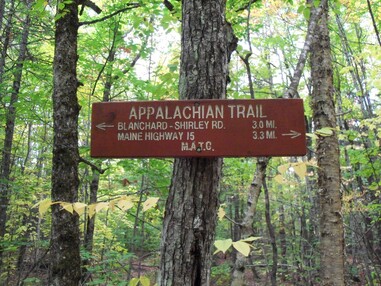 And last, some images from the Appalachian Trail. The trail is about two miles outside of Monson. This was my first time on the A.T. and it was sort of magical to step on the actual trail, to actually be there surrounded by the stunning, quiet beauty of the Maine woods. While hiking, for some reason I kept saying, "this is legit!" Not something I typically say, but I guess my brain was trying to come up with something appropriately momentous and that's what it found. I will kindly think that it was too awed to provide more lyrical language. :P #MonsonMaine #MonsonArts #WritingResidency #MonsonArtsWritingResidency #AppalachianTrail Hello from Monson Maine! I'm here participating in the Monson Arts Residency program, one of ten people that will be staying here for the next four weeks. WHAT: 27 days of provided housing, food, studio space, and a stipend WHEN: September 29-October 25 (other residencies held other months of the year) WHERE: Monson, Maine (small town in the middle of Maine, surrounded by woods) WHO: Ten people from different areas of the country/world and from different art/writing backgrounds WHY: To focus on creating, meet other creative people, and promote creative growth in Monson HOW: Residents selected through an application process. Apply on-line at monsonarts.org Monson is about an hour and a half north-west of Bangor. There are about 600 residents year round, twice that in the warmer months. It's heyday was in the late 1800's and early 1900's, when about 6000-10,000 residents, many of them Swedes and Finns, lived here and worked in the industry of slate mining. The legacy of slate remains today, from footpaths and old mines to driveways and walkways, kitchen counters and bathroom floors.  You might know Monson from its being the last town before the final 100-mile leg of the Appalachian Trail. The Trail used to go right through downtown Monson, but has been moved about two miles out of town. There are still some back-packers around town now, resting up before heading out for the final stretch to Katahdin. Monson's newest claim to fame is the Monson Arts program. This program is run through Pineland Farms, (which is funded through the Libra Foundation), with a goal of developing "economic and creative growth in the area" (from the Monson Arts brochure). The Monson Arts website explains the program along with stunning photography, so I recommend checking out the website if you'd like more information. This is the first time I've done anything like this, and I expected something like "college dorm meets summer camp" but it's much, much nicer! Four days in and it's been amazing! The other residents are engaging and friendly--there are five writers and five visual artists. And the food is so good it deserves its own blog entry. Seriously. Check out The Quarry's Instagram account: https://www.instagram.com/thequarrymonson/?hl=en Below, more information about the town and living/working spaces, for anyone interested: We are staying in houses near town, two or three residents to a house. The houses have colorful rugs over hardwood floors, cozy furniture and homey knick-knacks. There are full kitchens, laundry rooms, linens and towels, and each person has their own bedroom. Backyards are woodsy, and when it’s quiet, I can hear the leaves whispering. It’s easy to feel at home here! 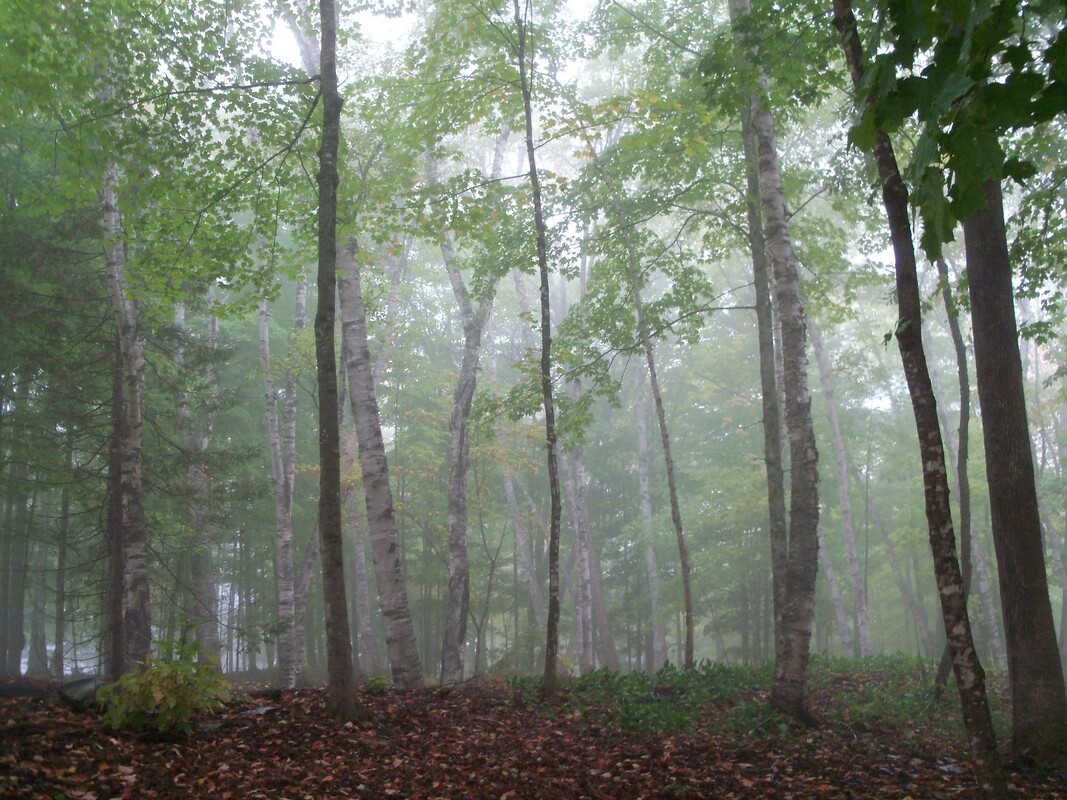 We each get our own individual studio spaces, which are more simply furnished than the houses. We are the first residents to use the Moore Building, which has studios for seven of the ten of us residents. The houses and studios are all within walking distance to the main street of town, which includes:
Also downtown, open seasonally, are the Appalachian Trail Information Building/Monson Historical Society Museum and Gift Shop, two antique shops, and several galleries (ceramics, paintings, wooden bowls) Specific to the Monson Arts residents, and also within walking distance, are other Monson Arts buildings, such as the the lakeside cabin with a fireplace, and canoes and kayaks. The town is snugged up against a beautiful lake, Lake Hebron. There is even an otter that hangs out near our studios. Welp, I'm off to write (that is why I'm here!!). More about the surrounding area in the next post. #MonsonMaine #MonsonArts #WritingResidency #MonsonArtsWritingResidency |
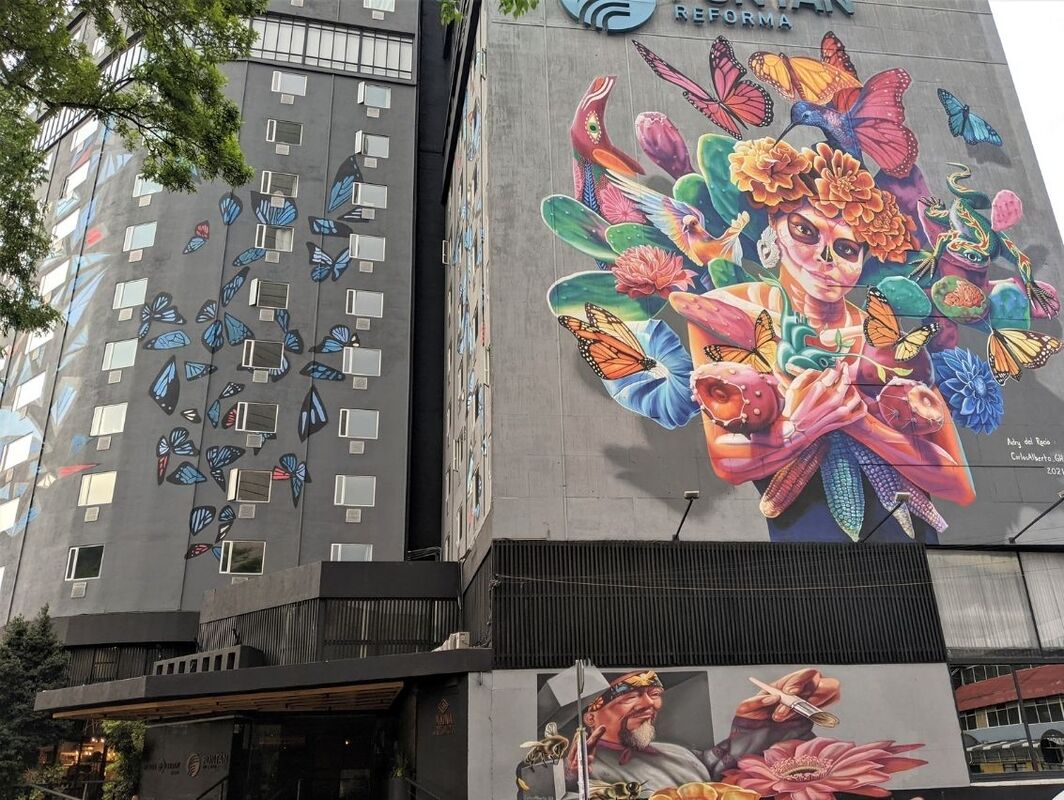

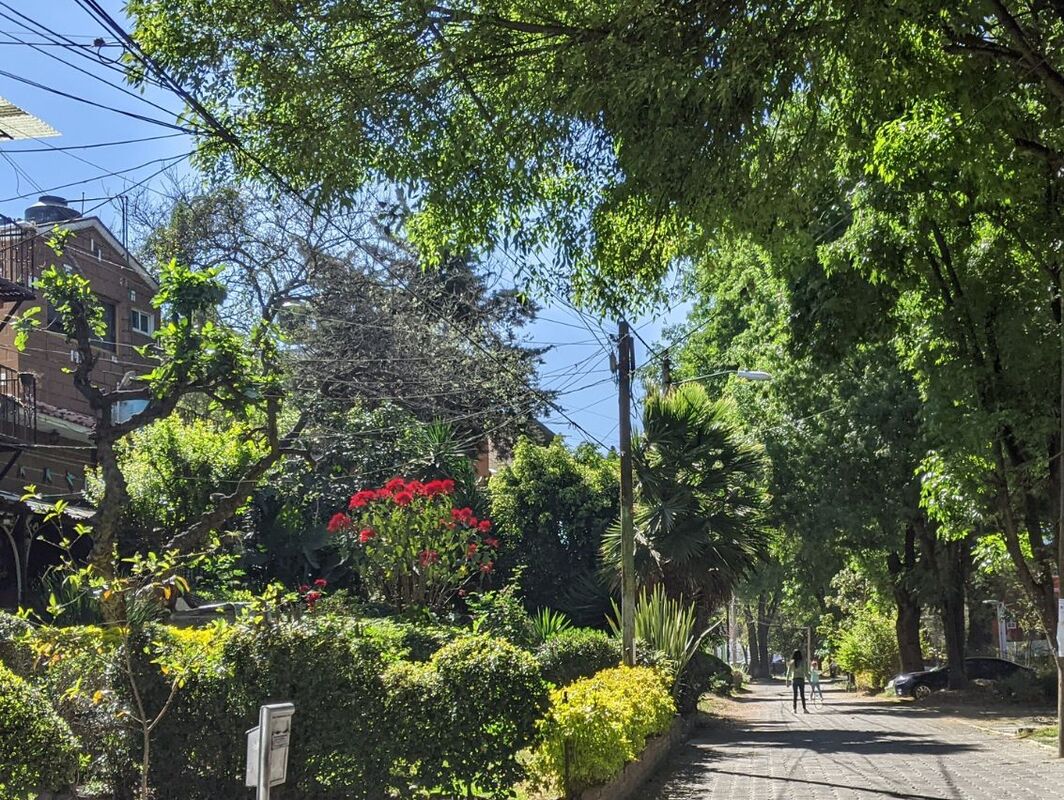
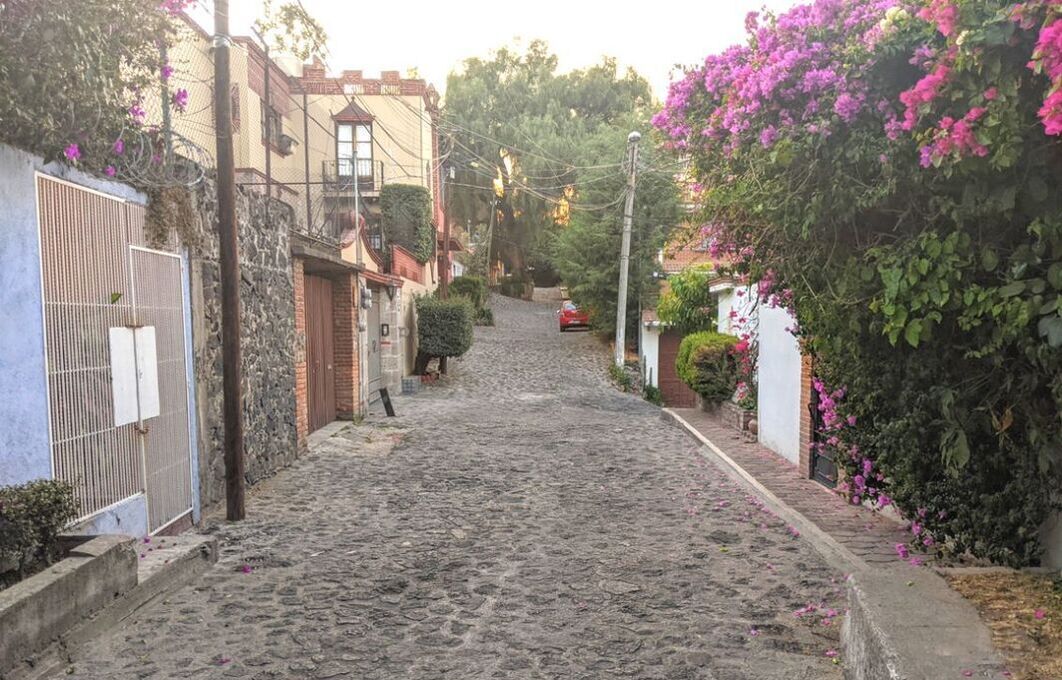
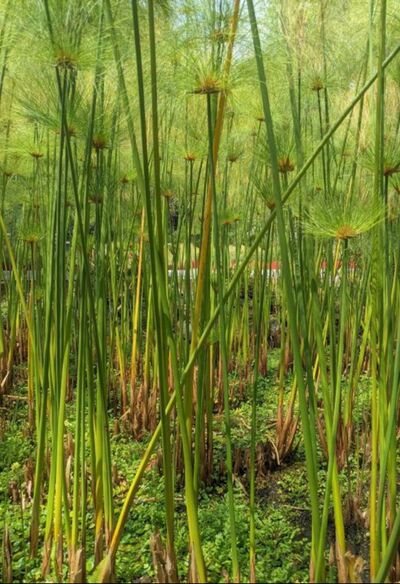
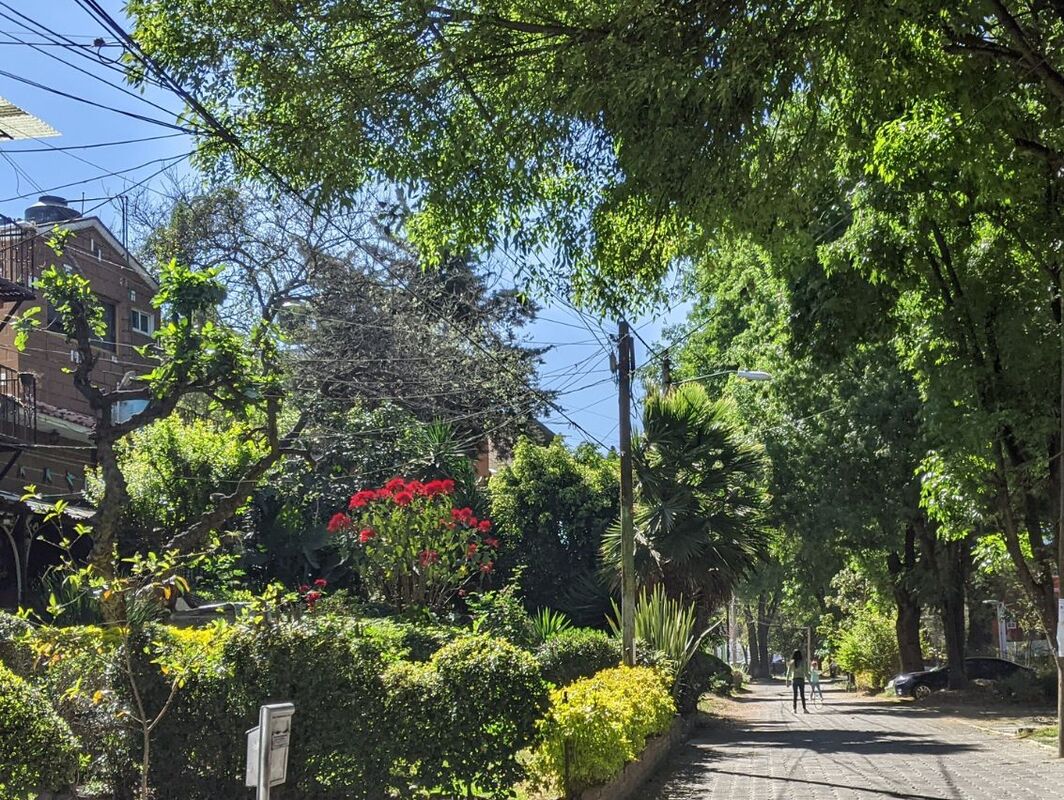
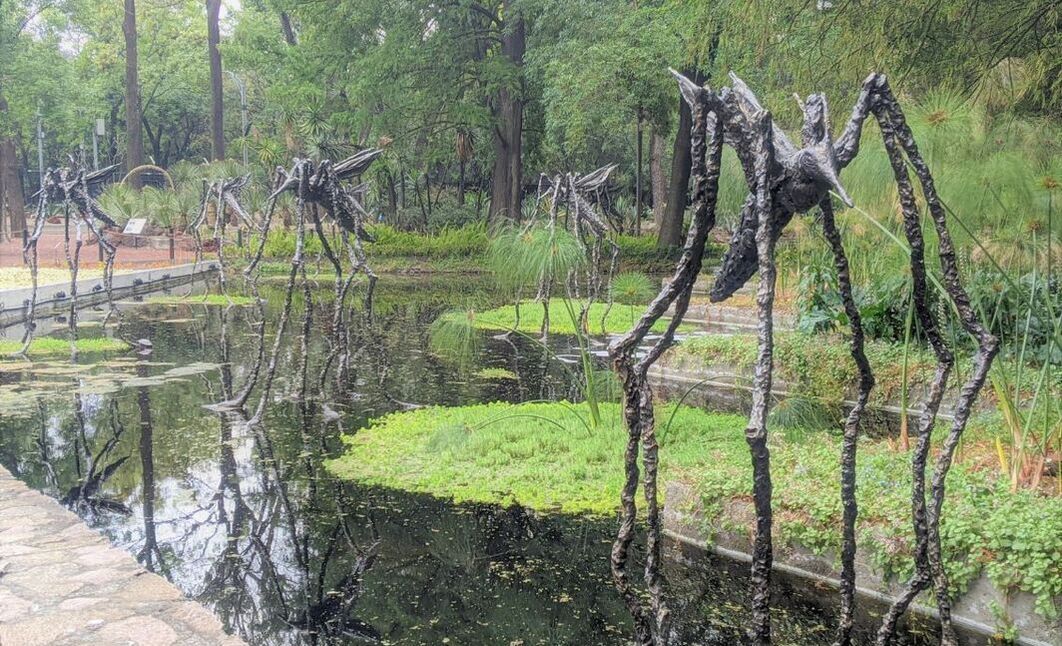
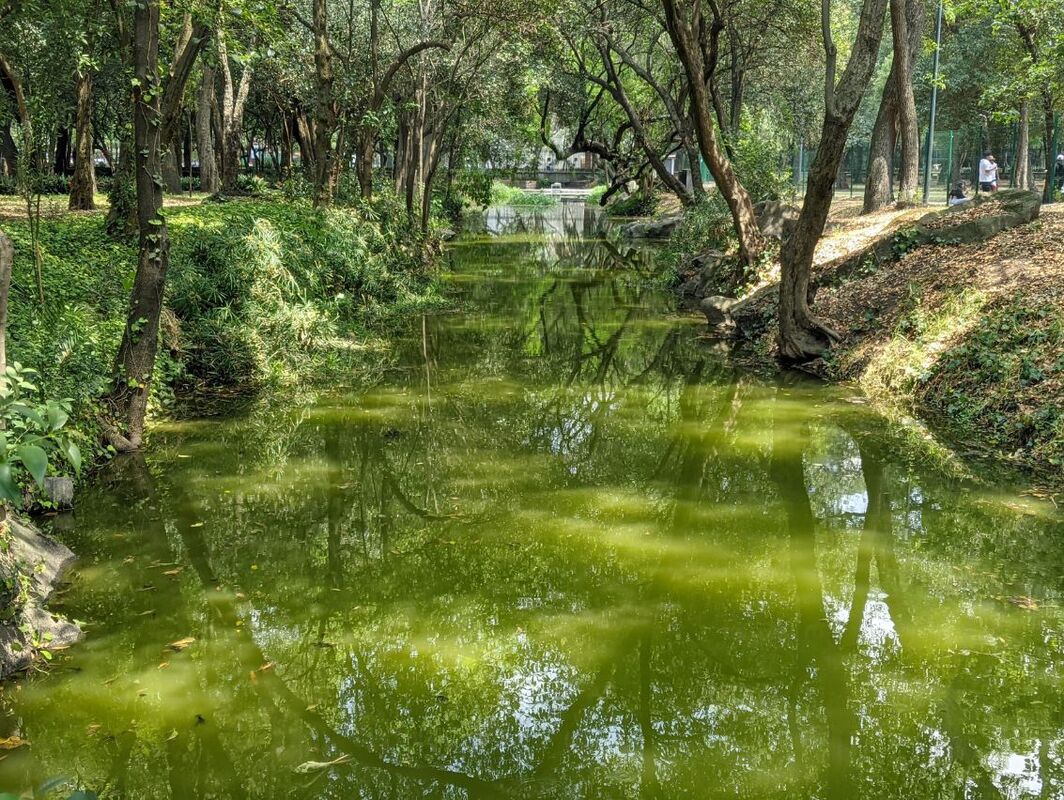
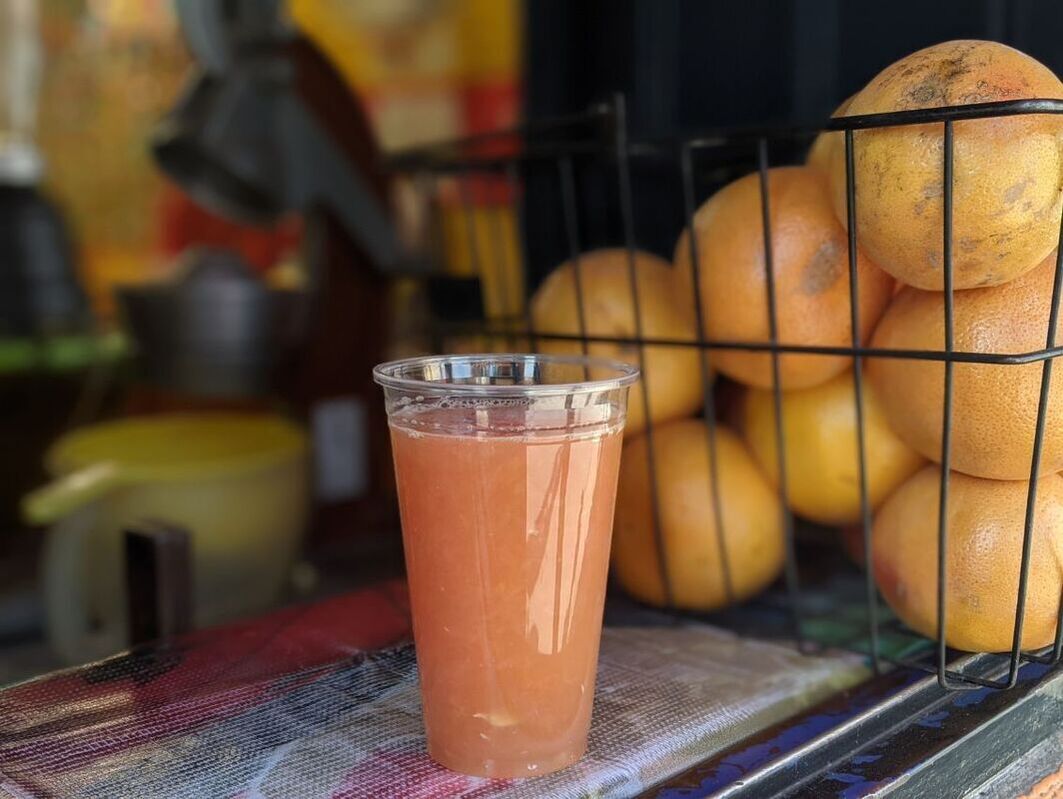
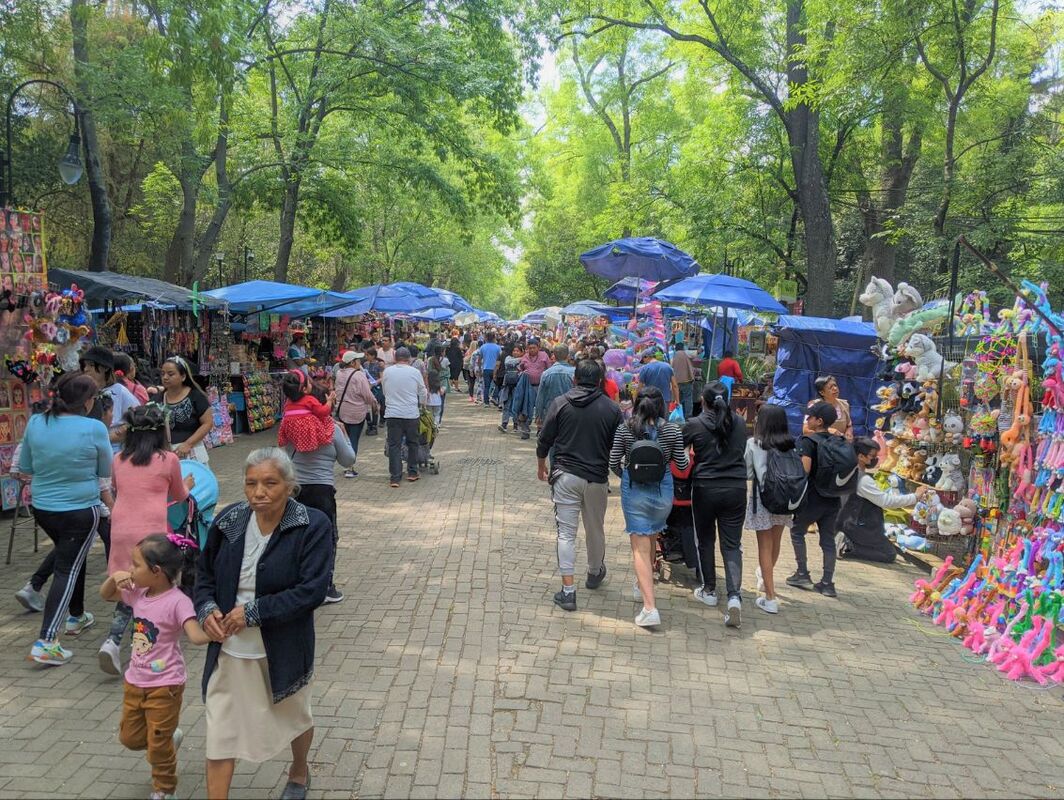

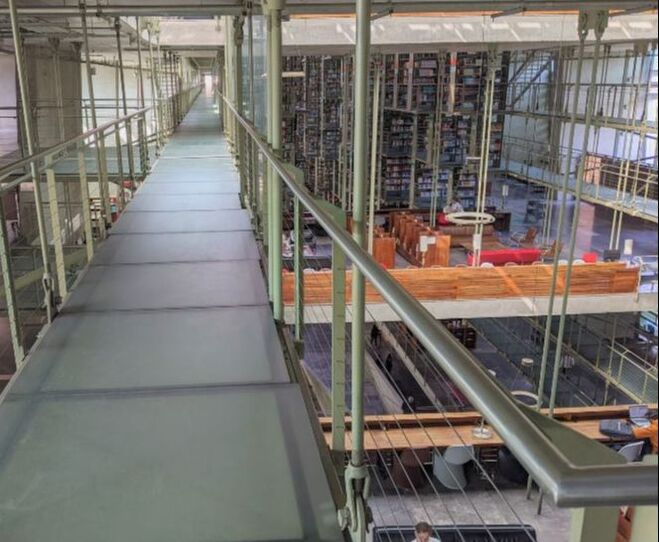
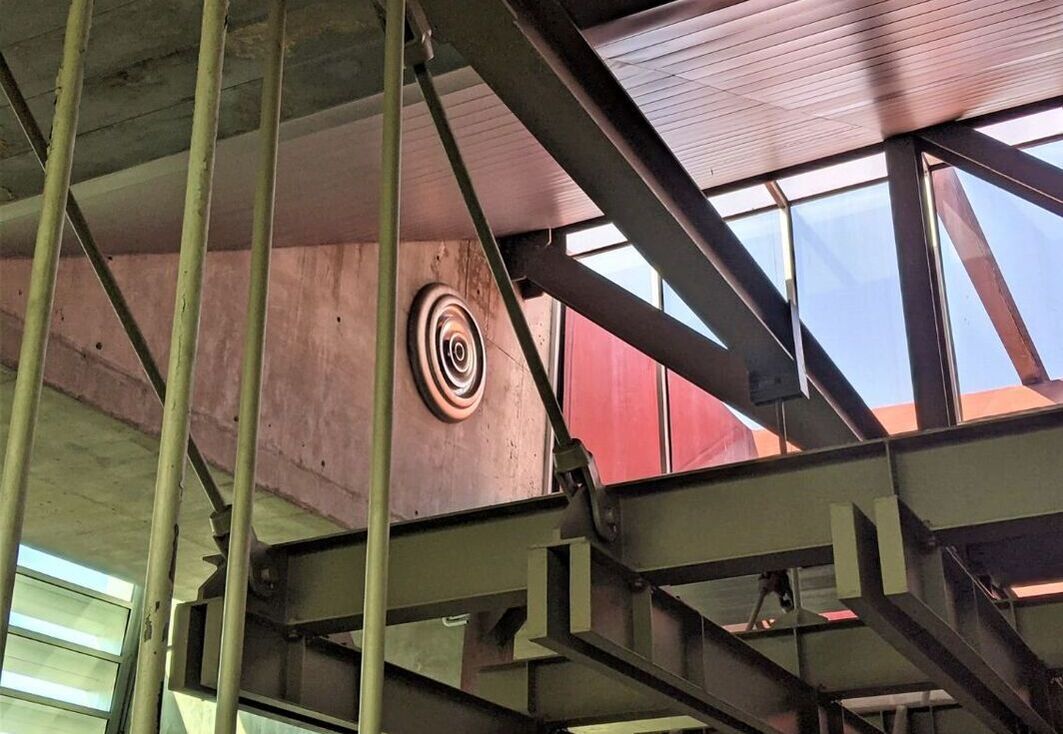
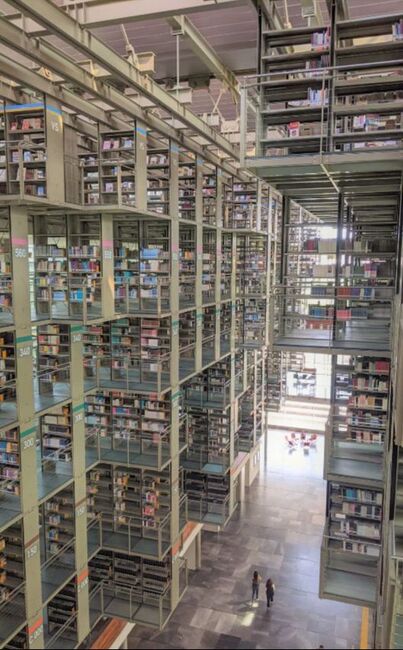
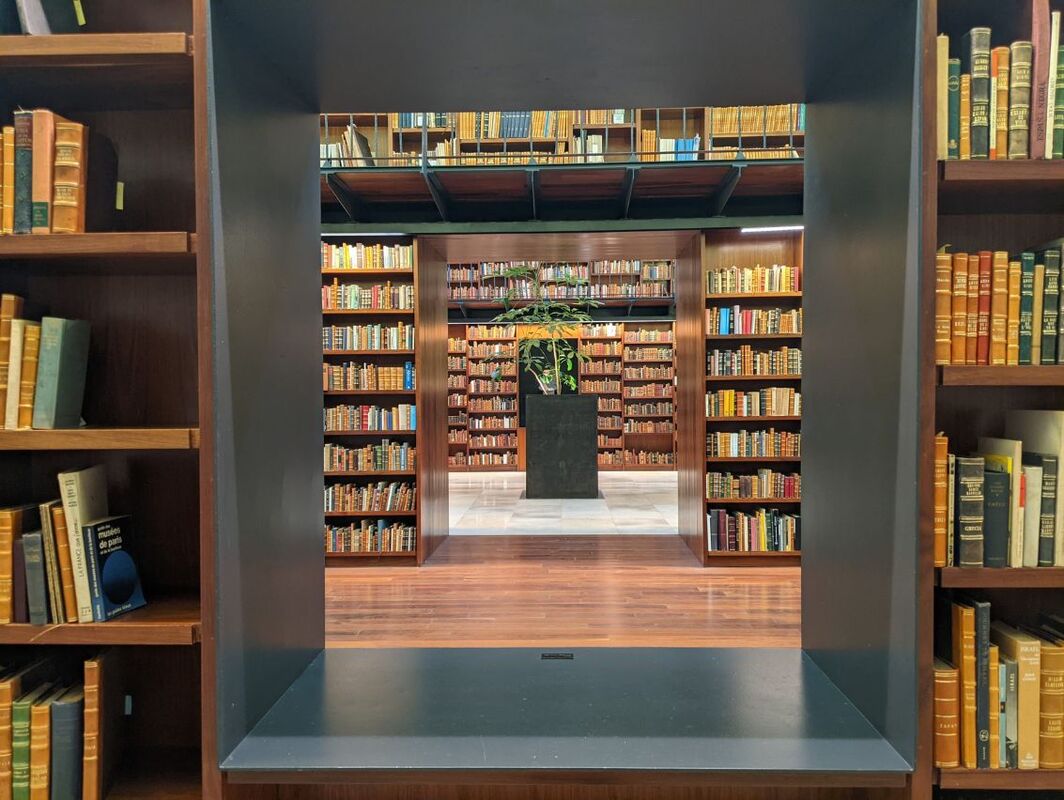
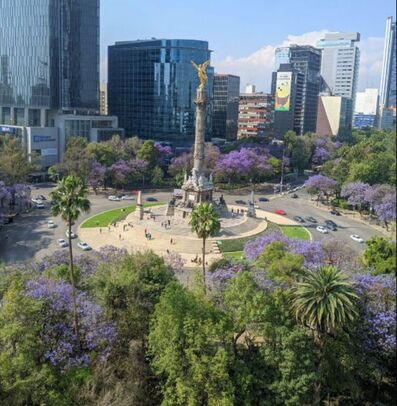
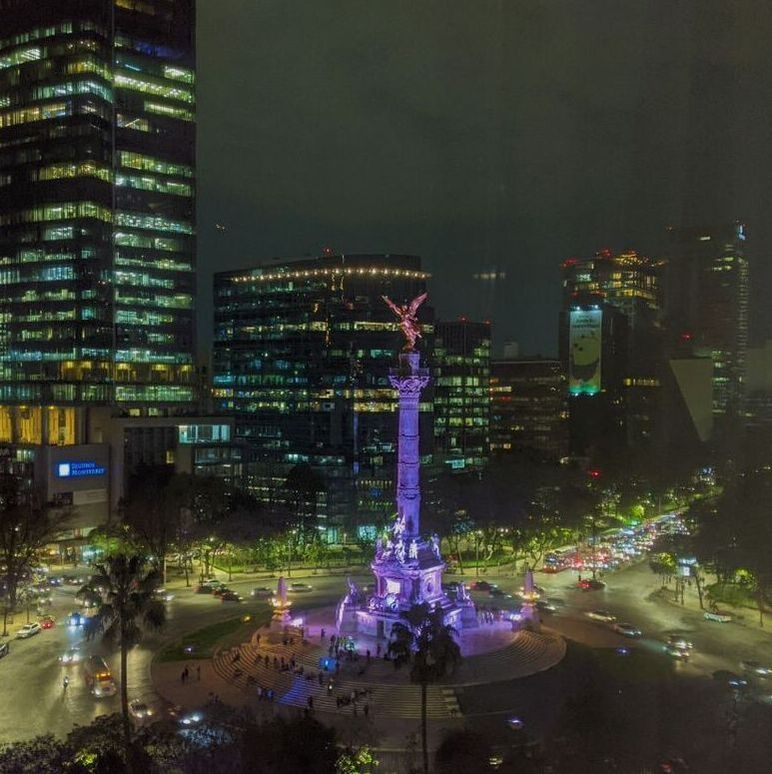
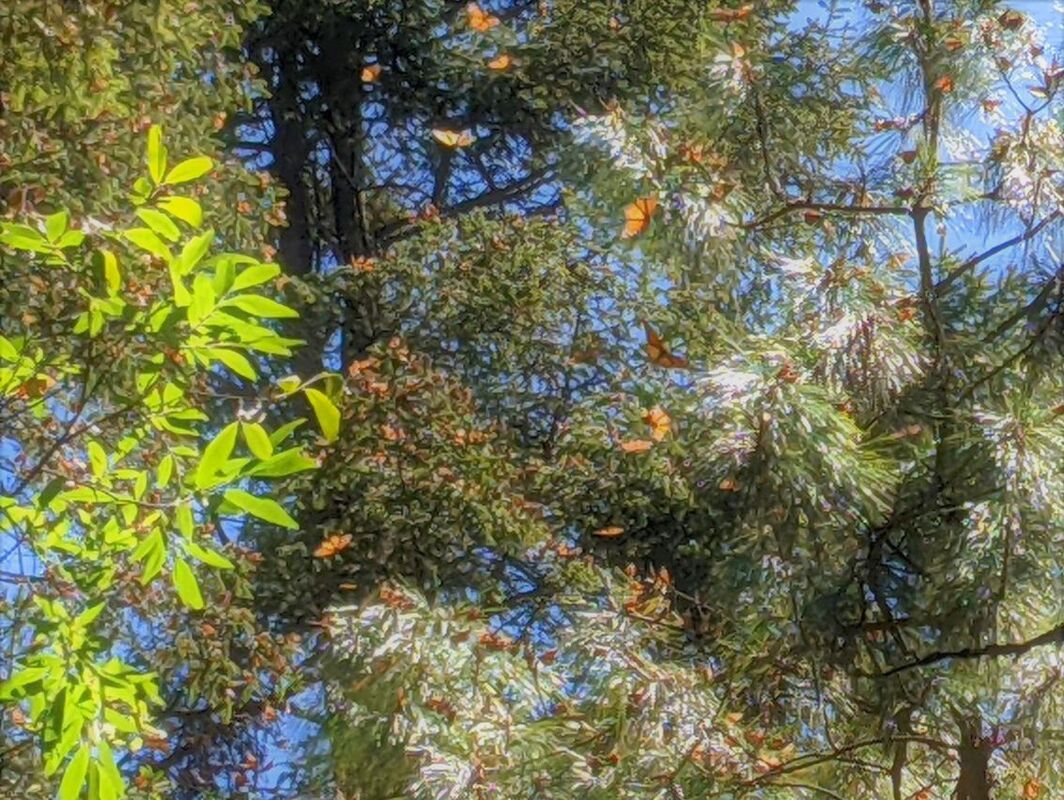
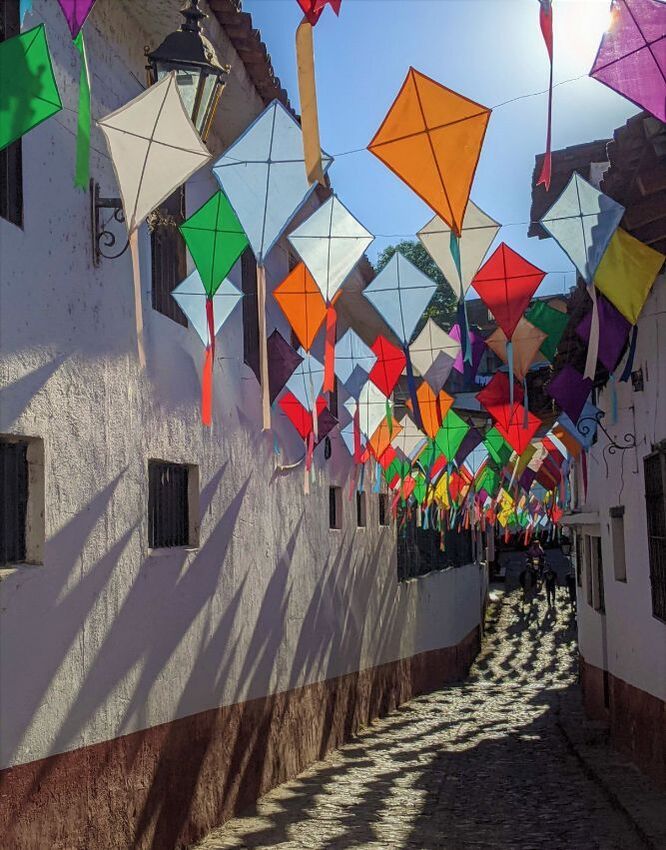
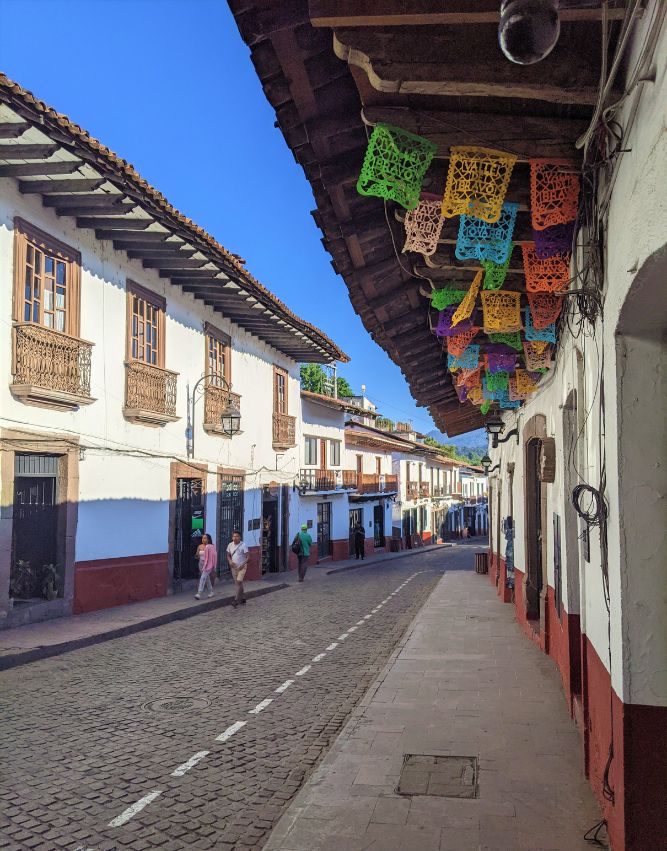

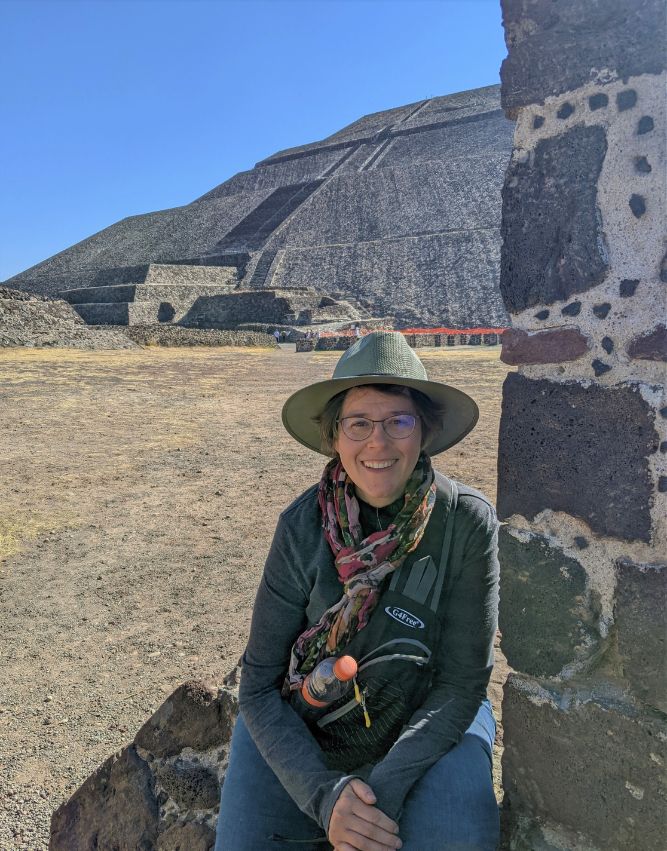
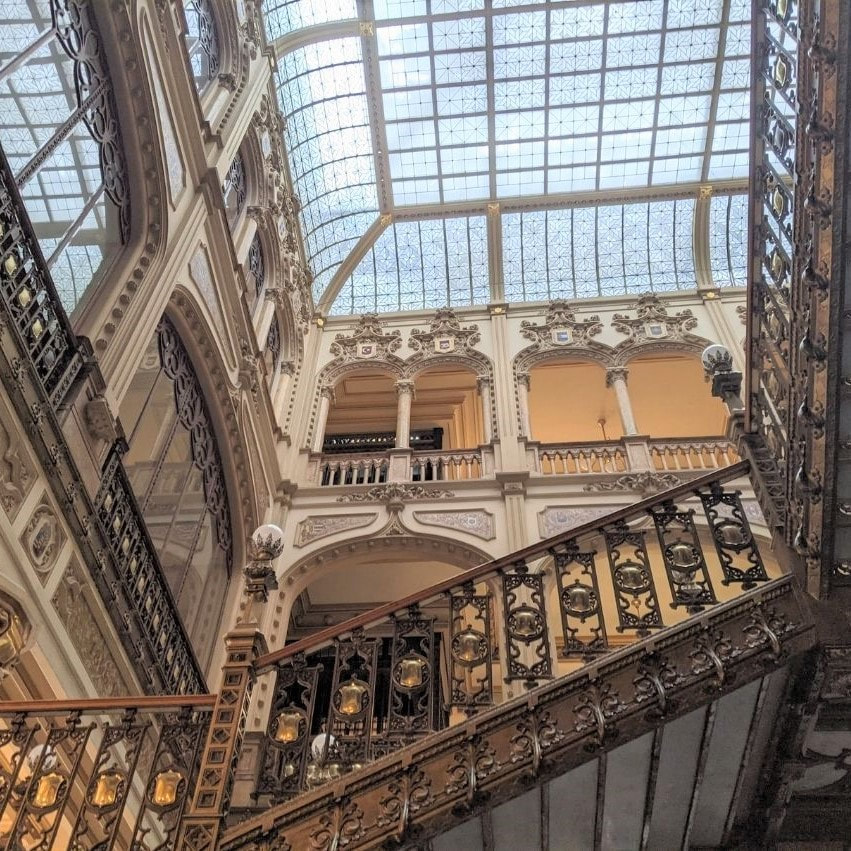
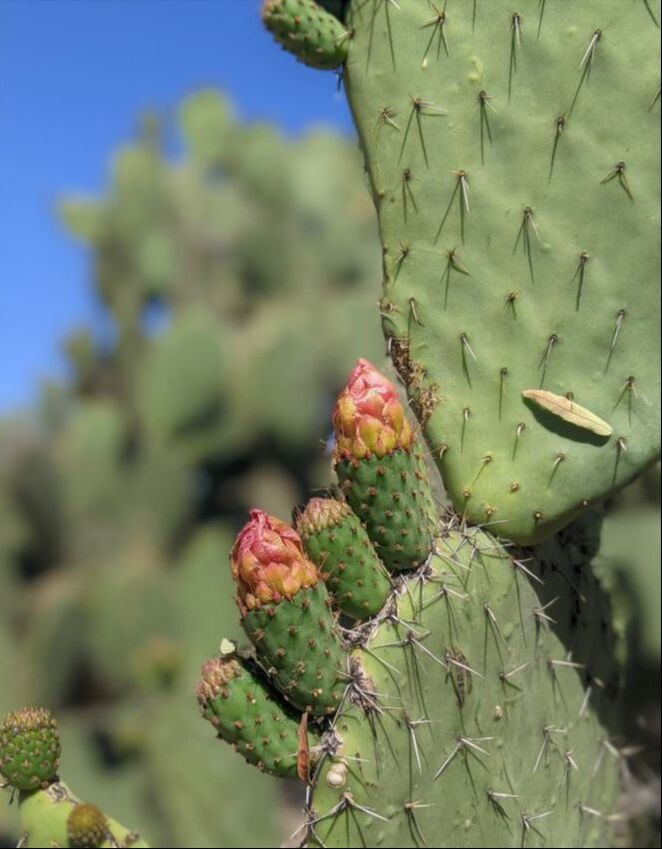
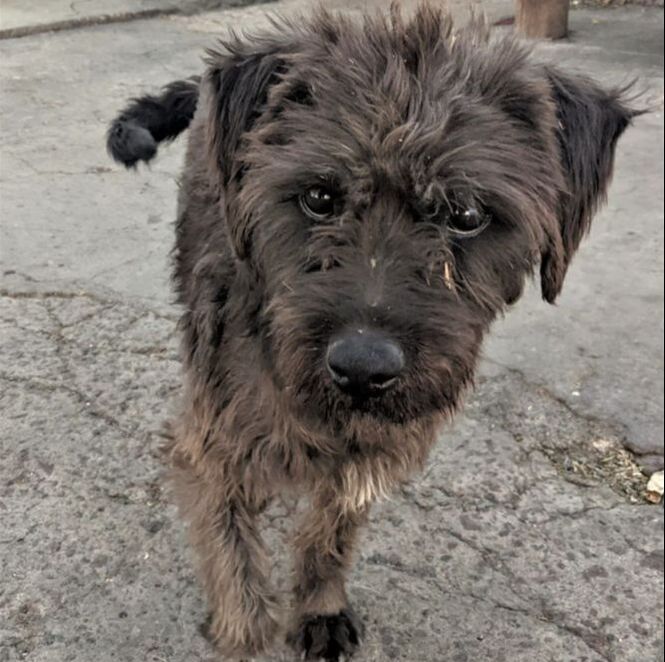
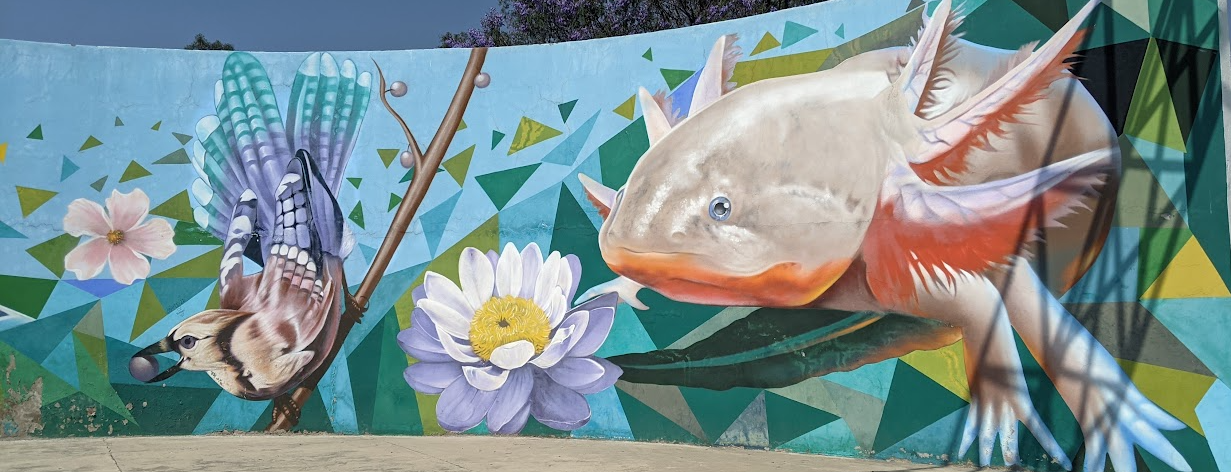
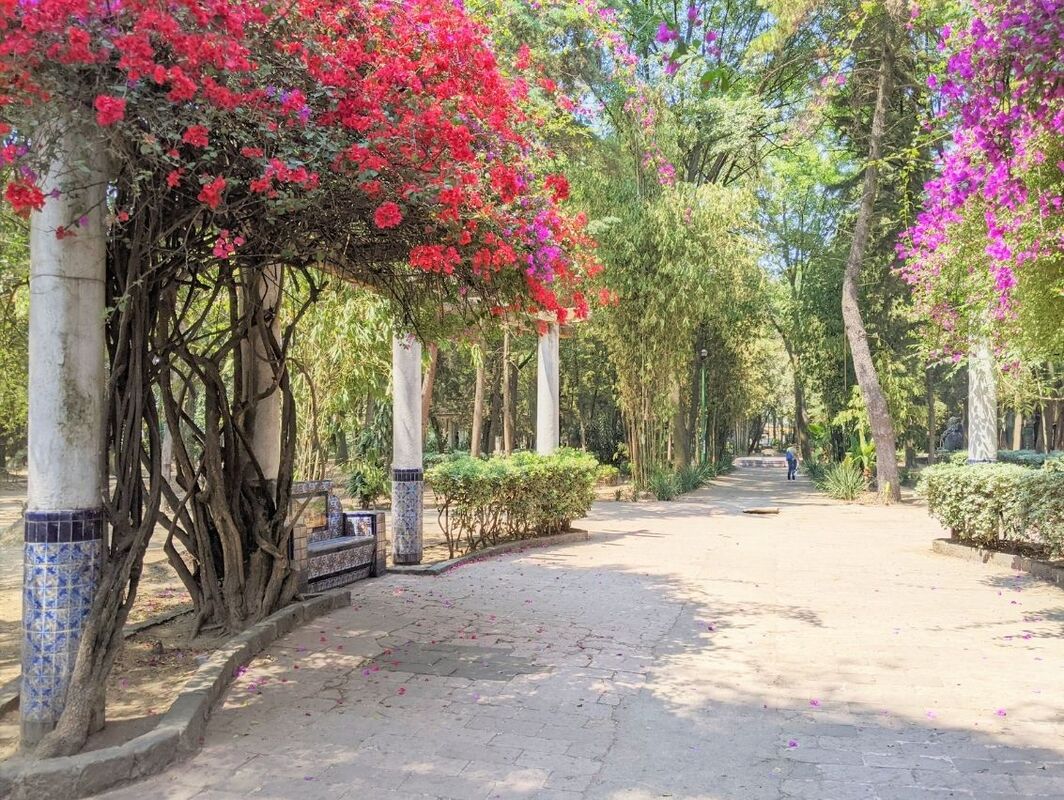
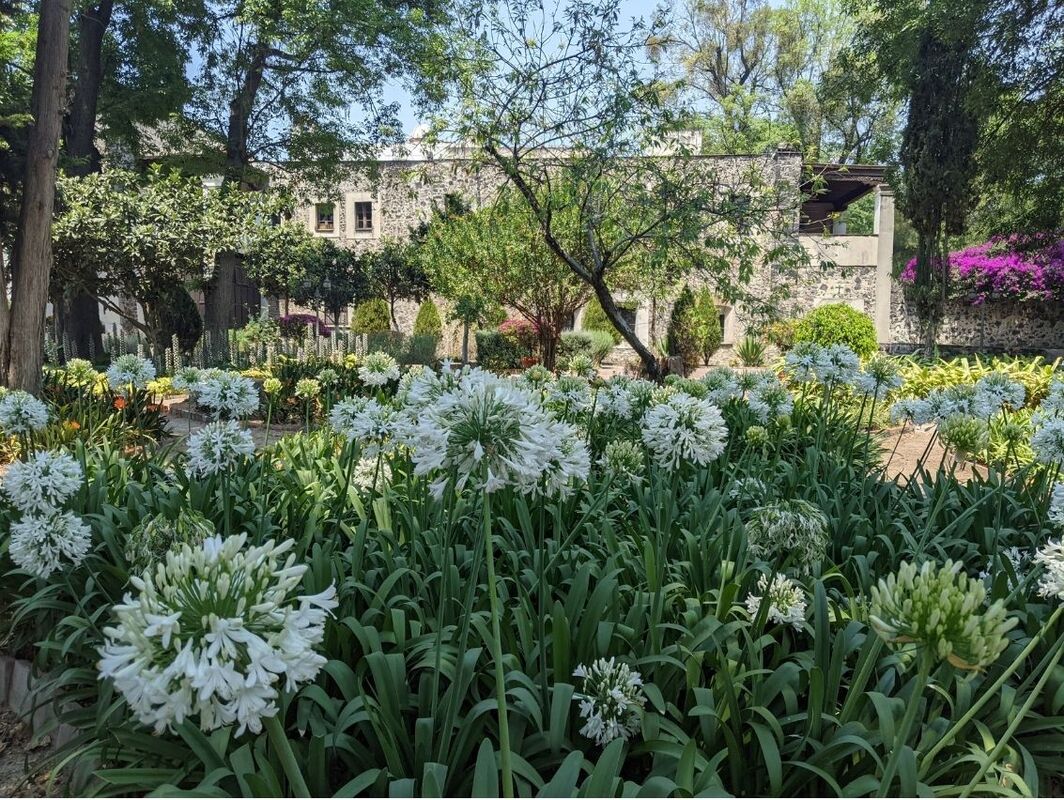
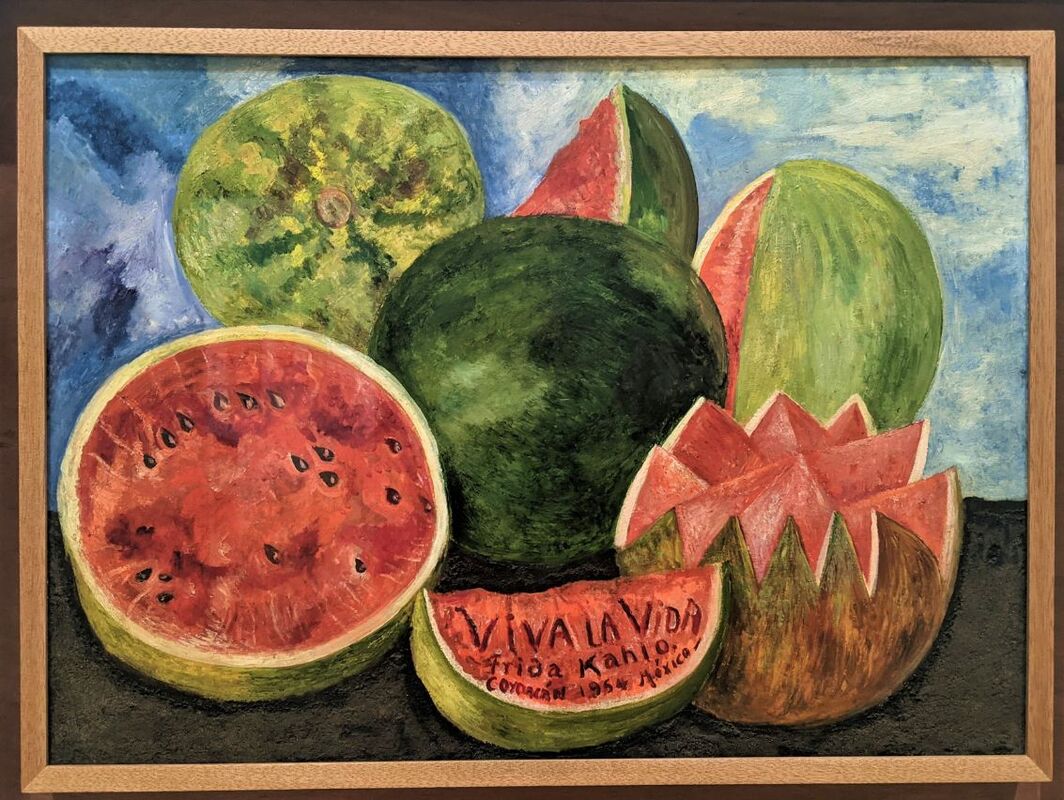
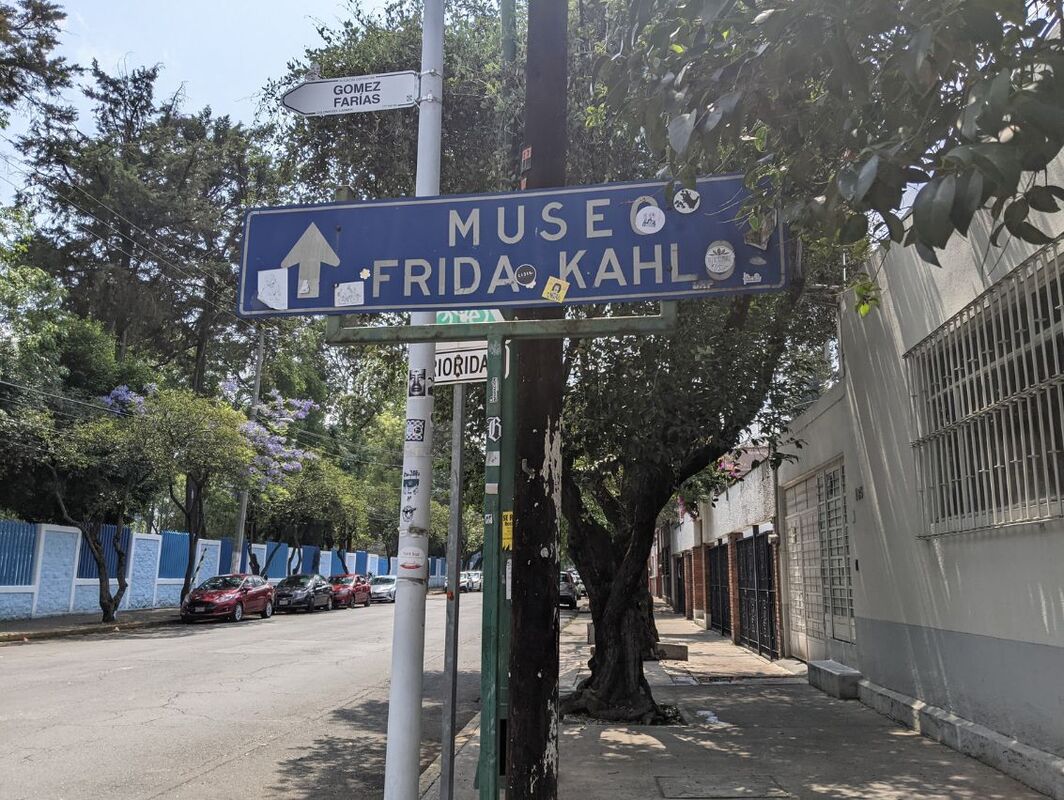
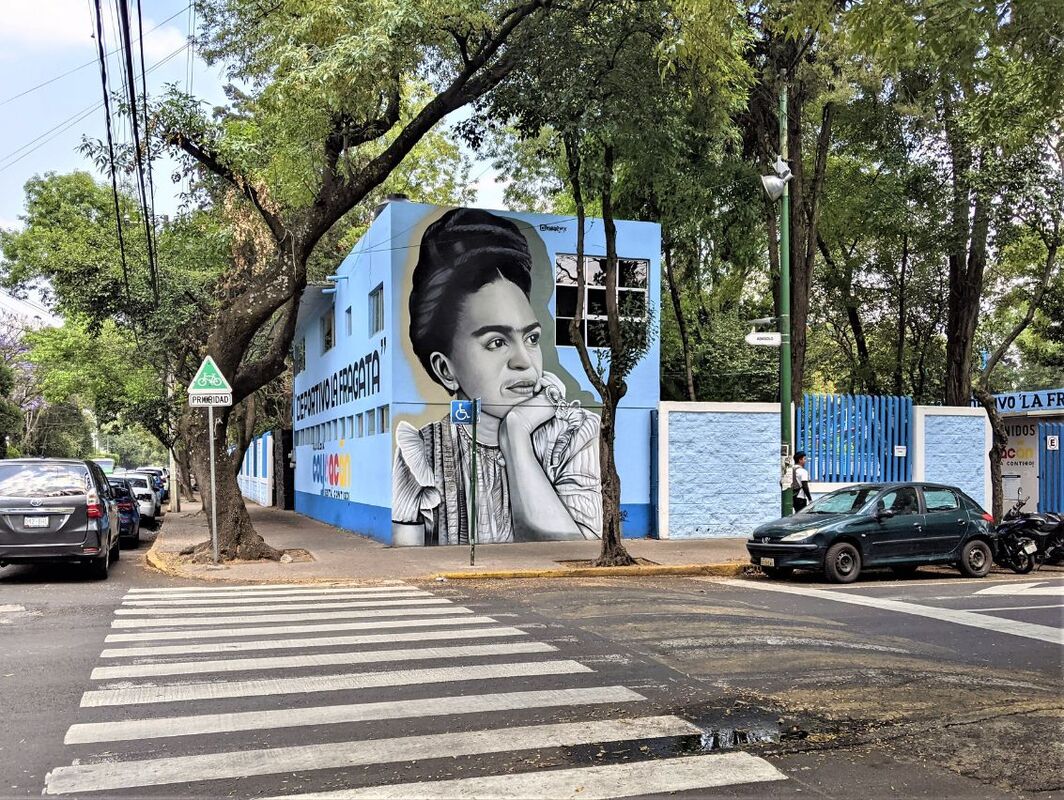

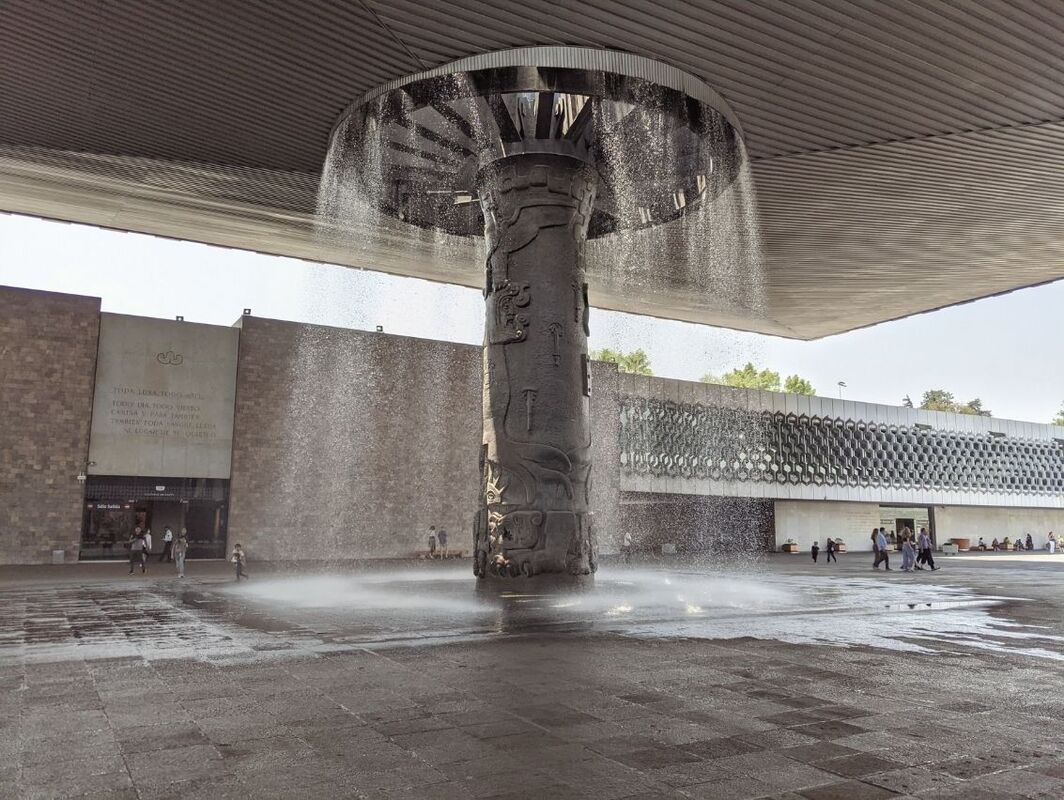


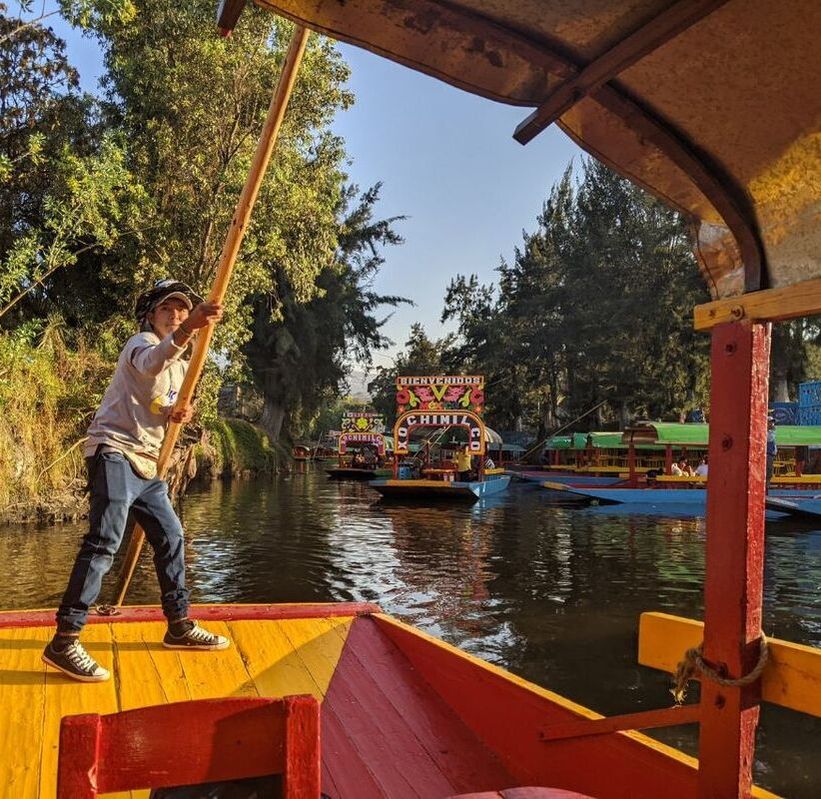
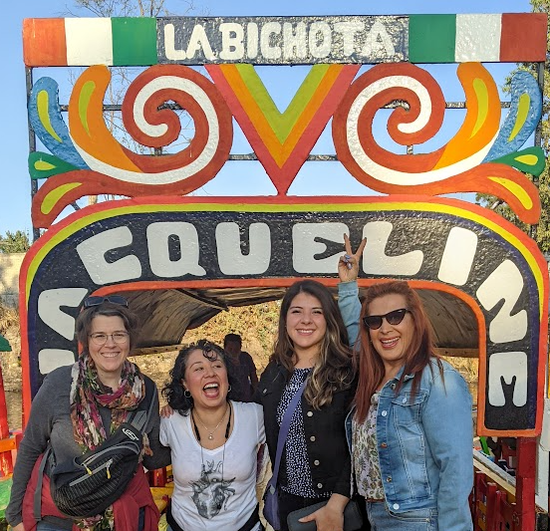


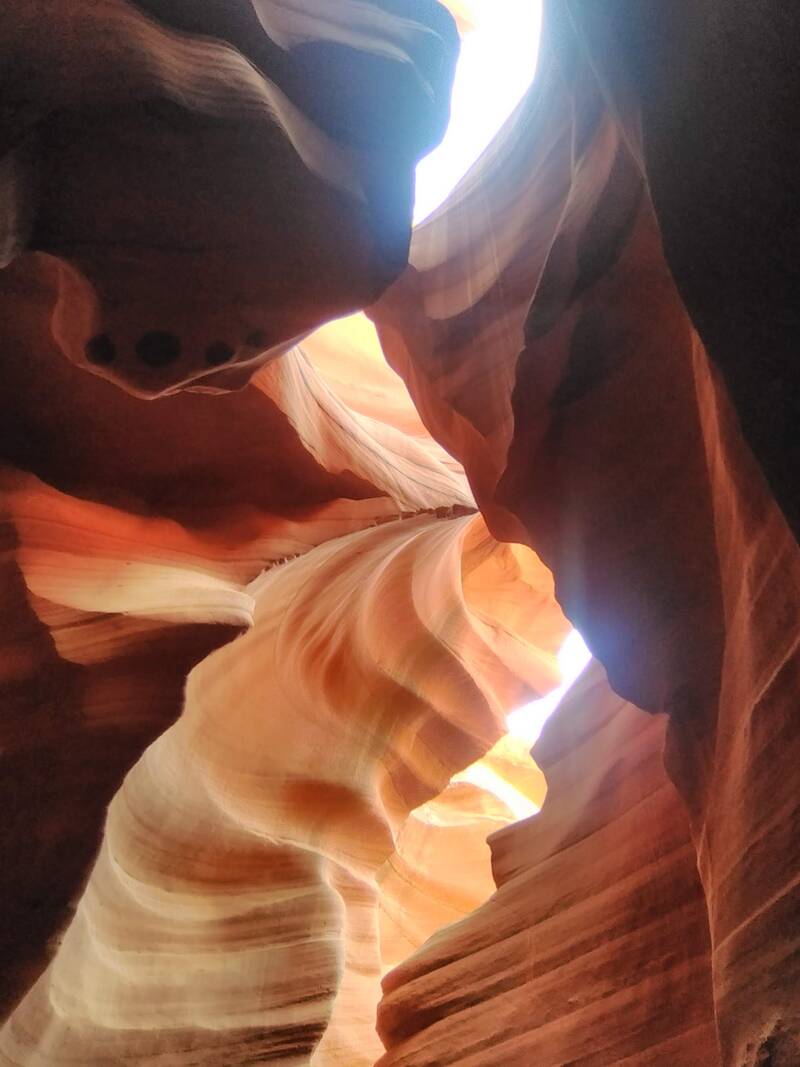


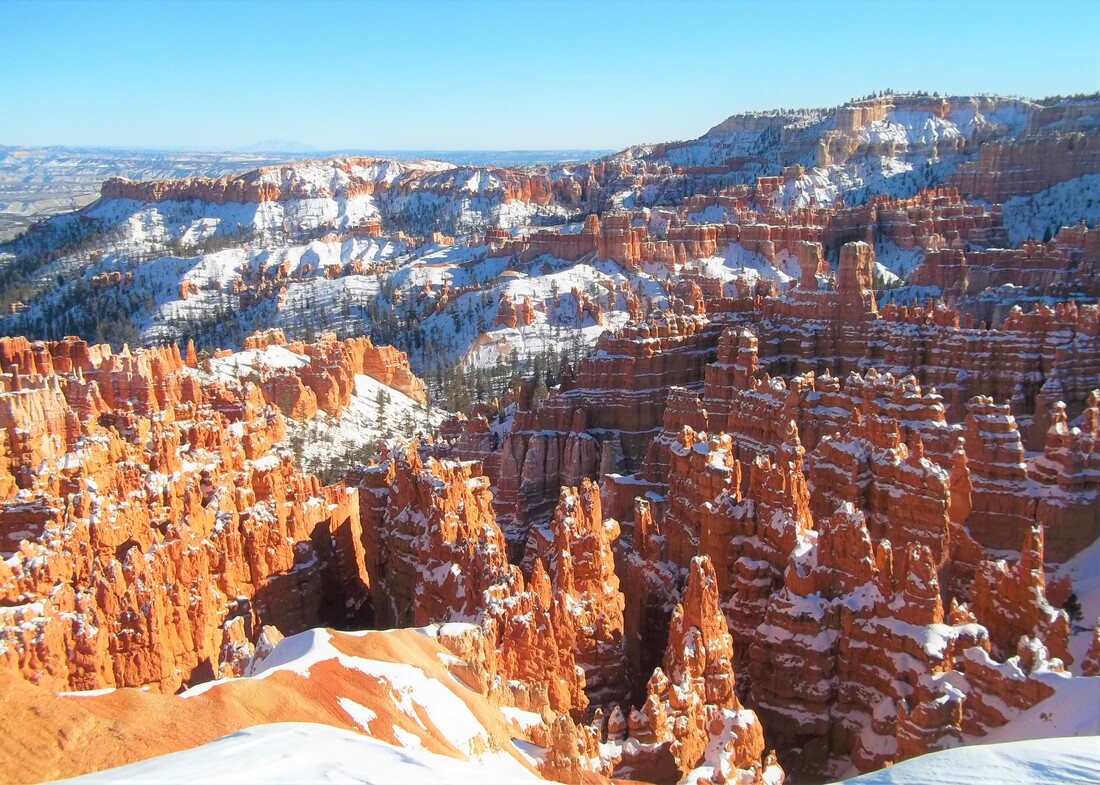
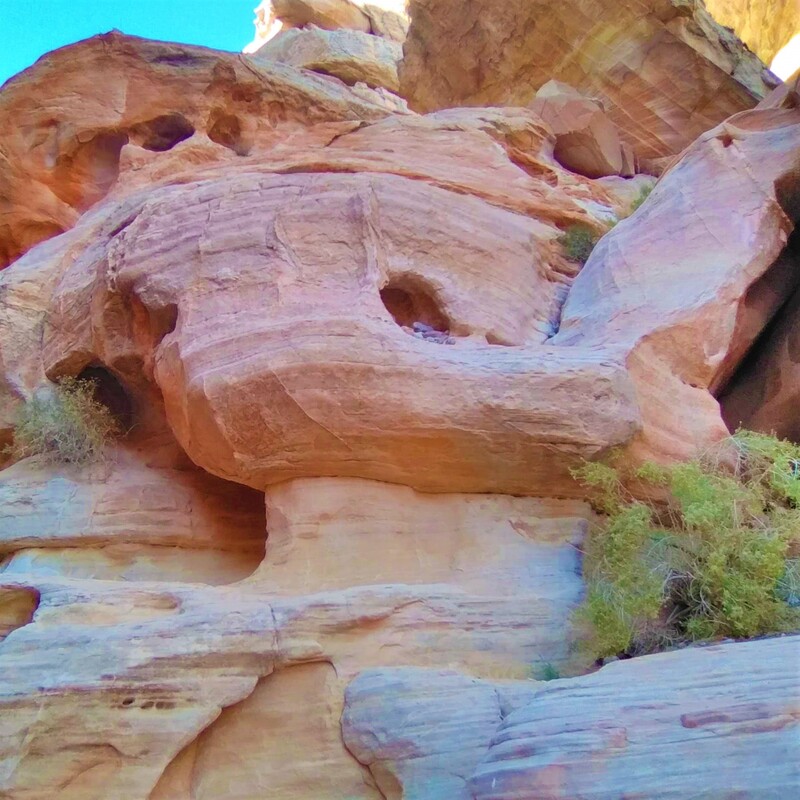
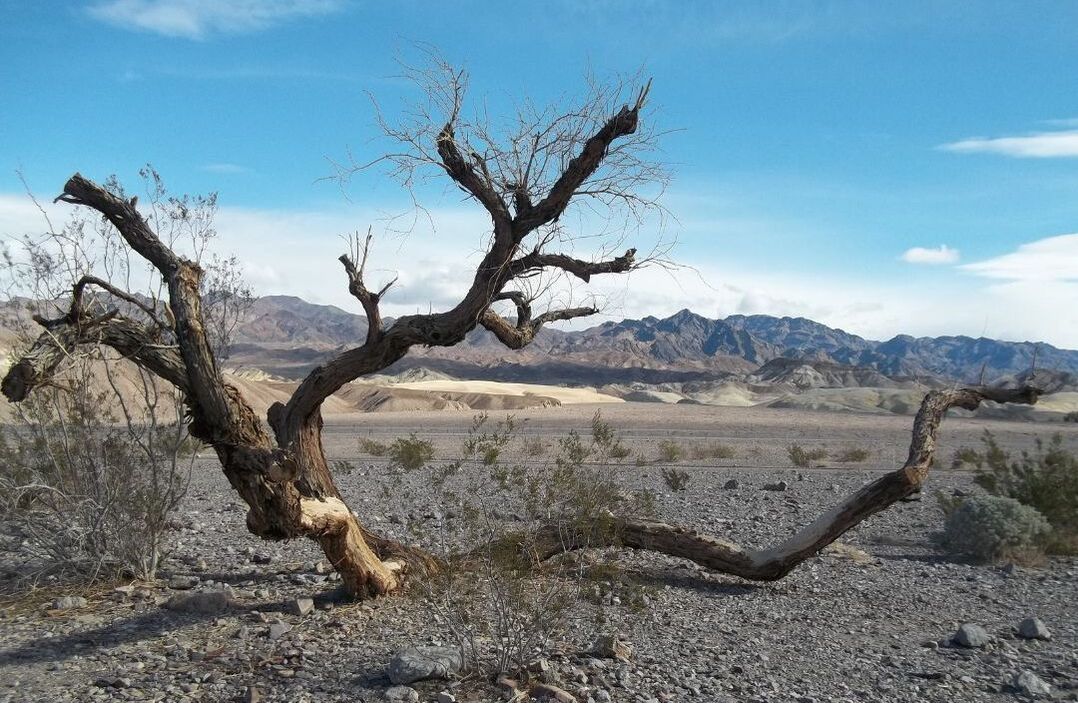
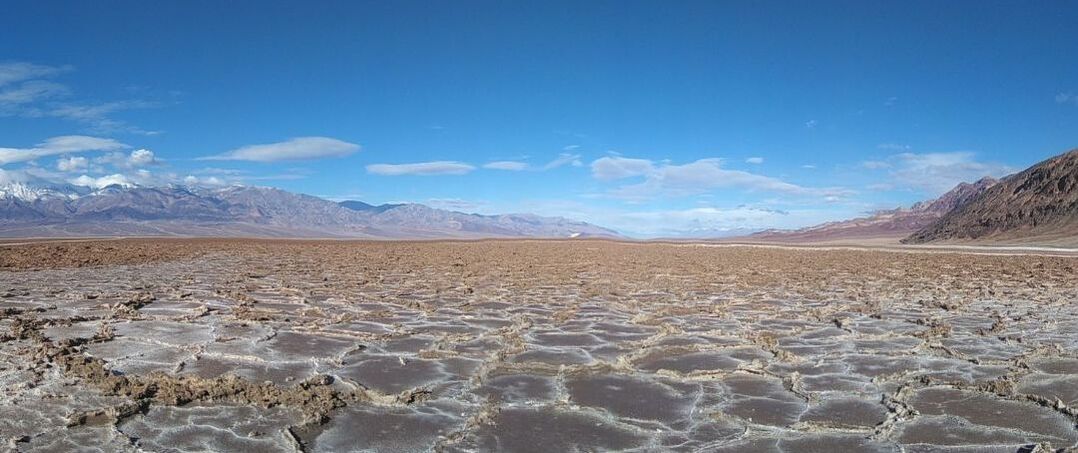
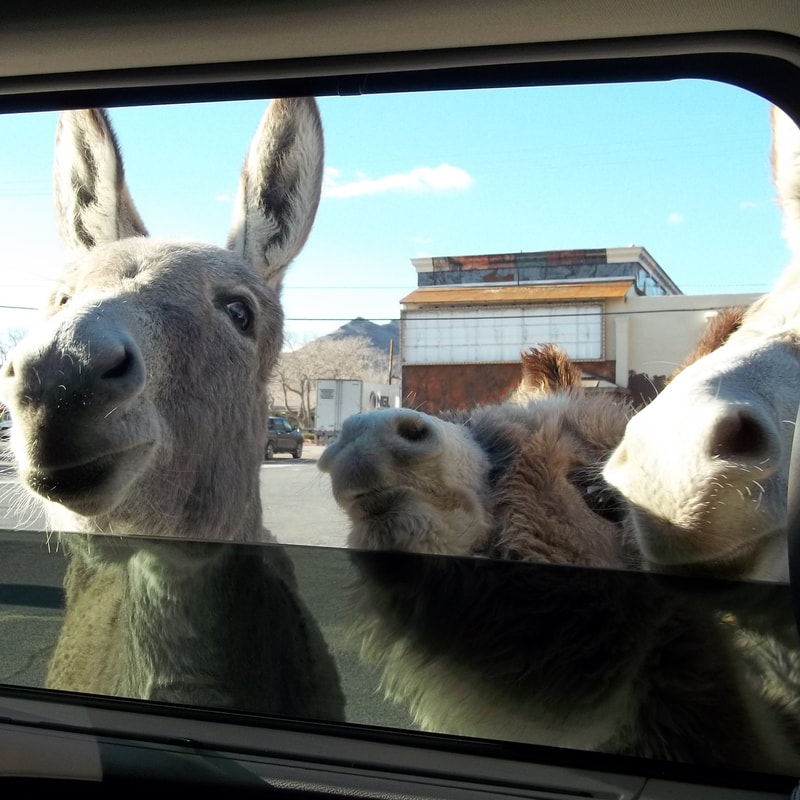

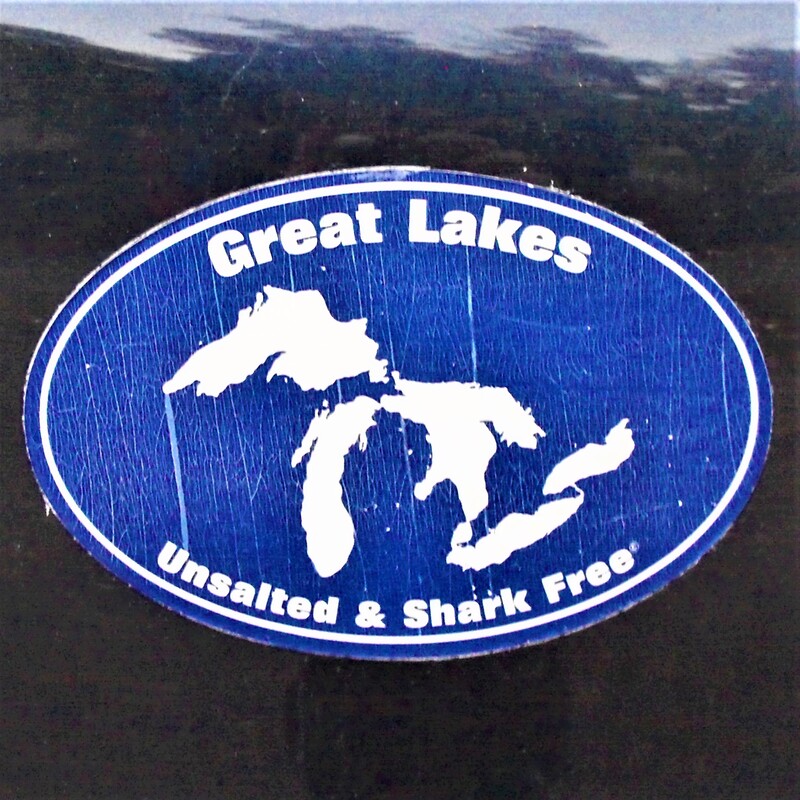

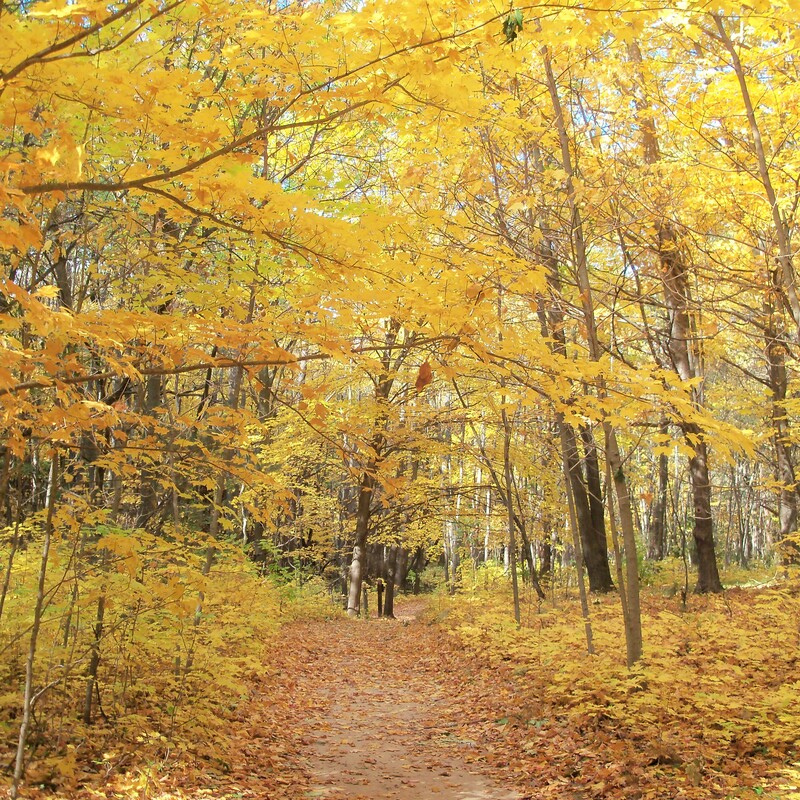
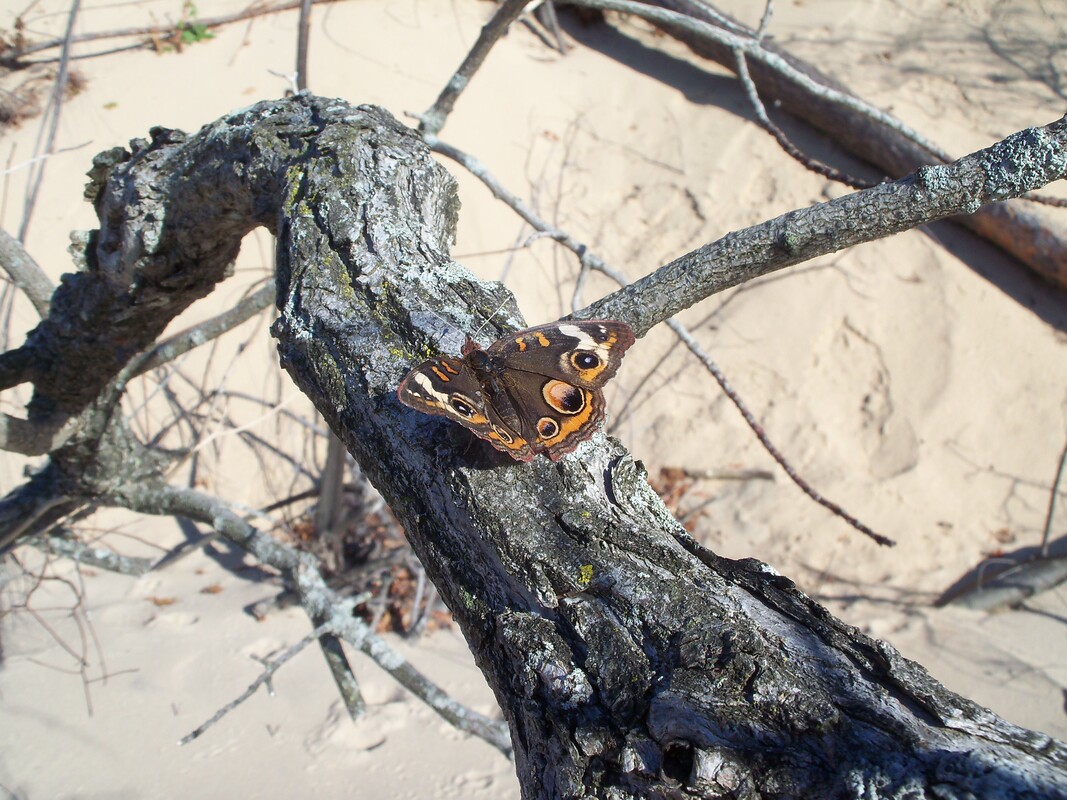


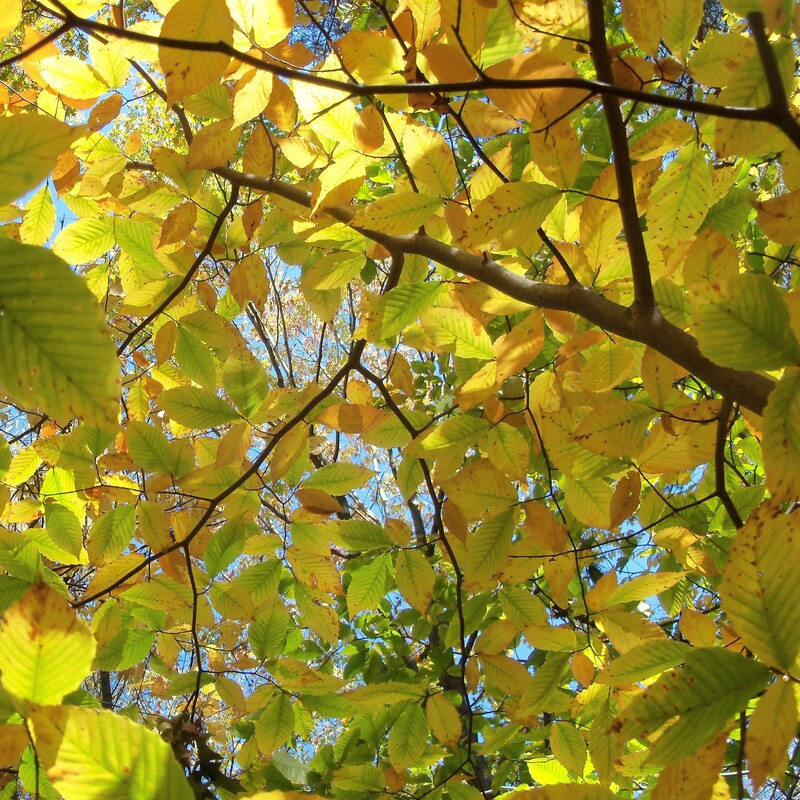
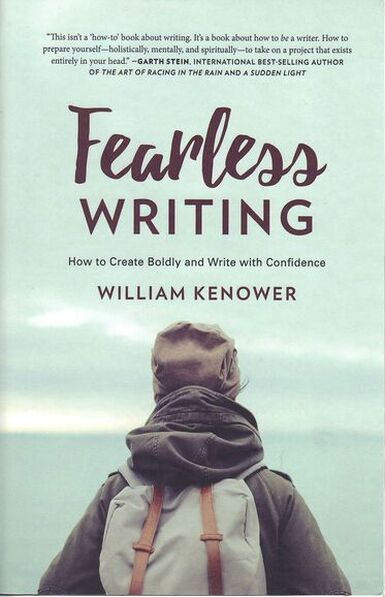
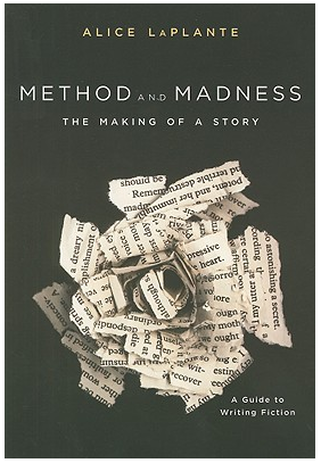
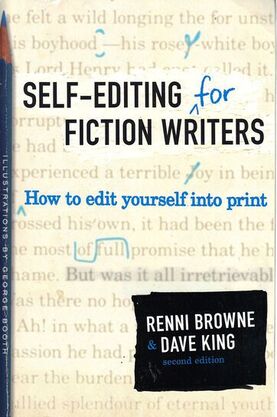
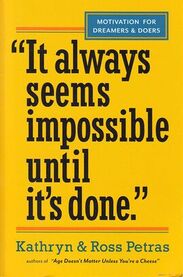
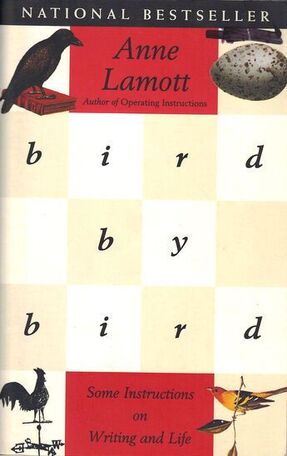
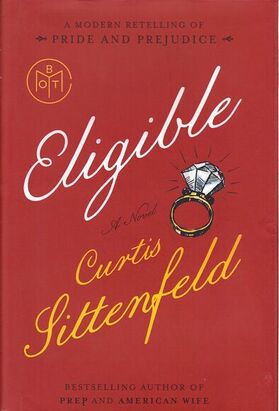
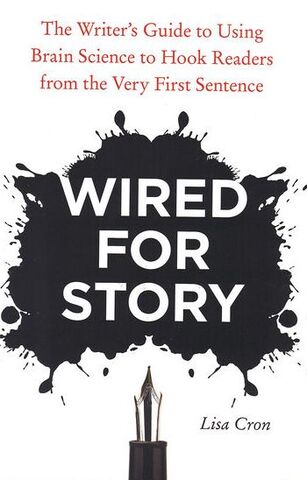
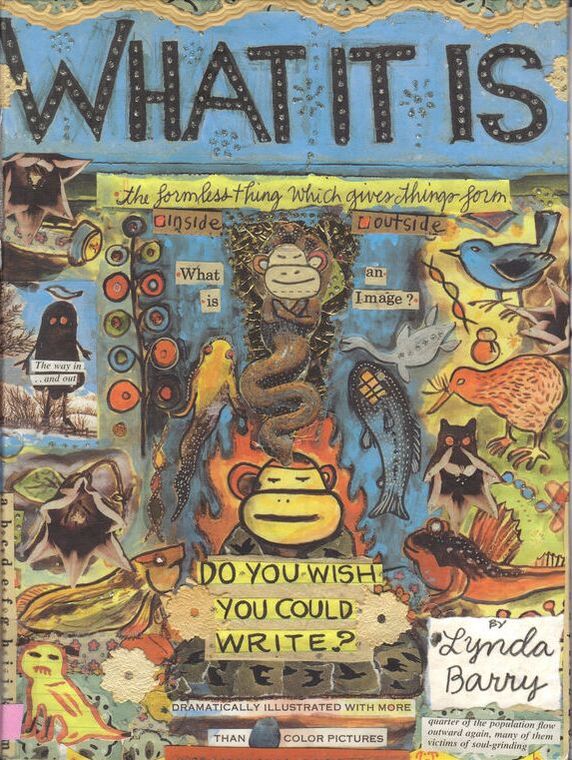
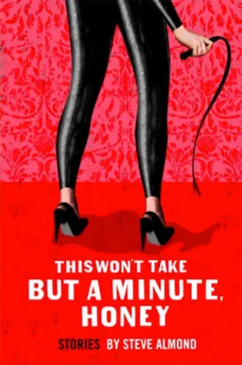
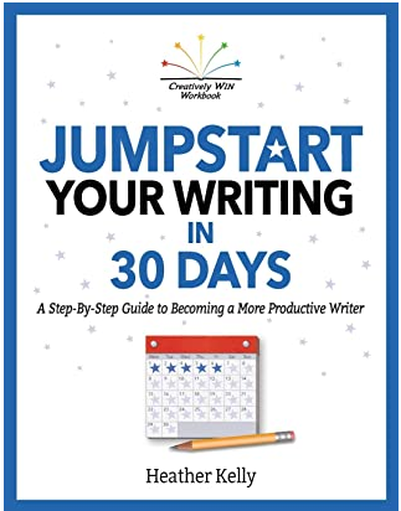
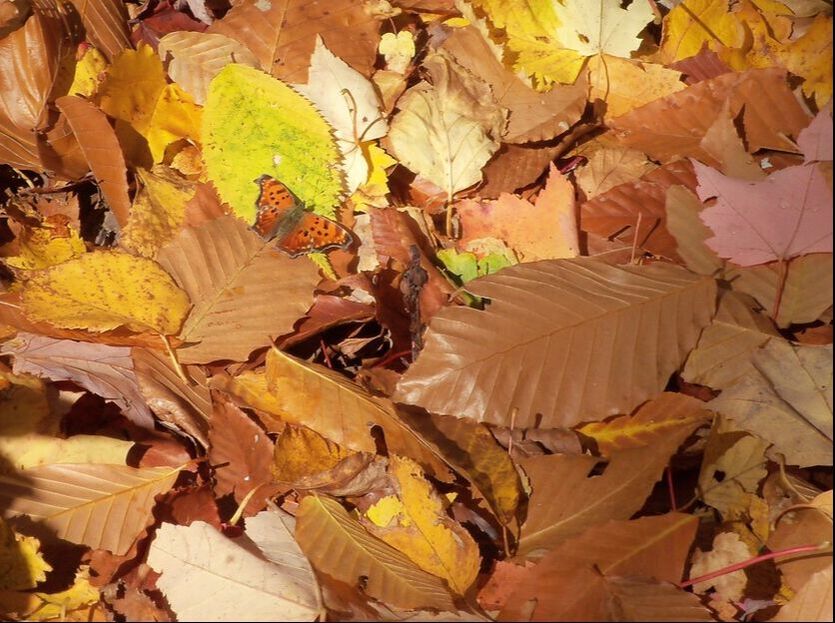

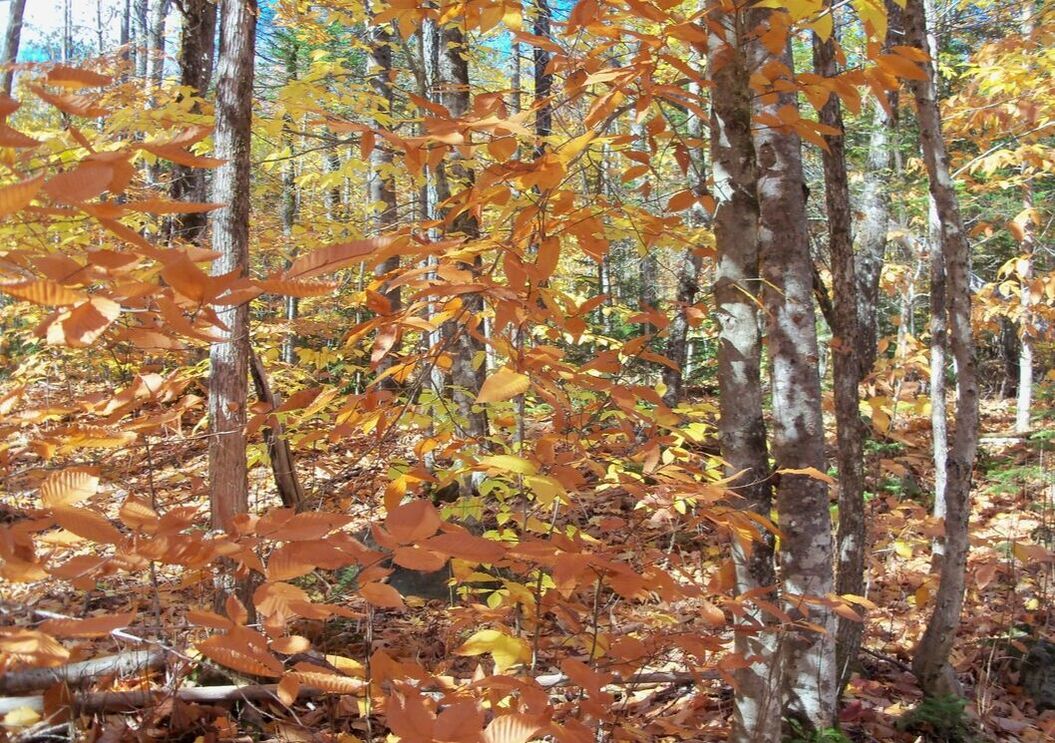

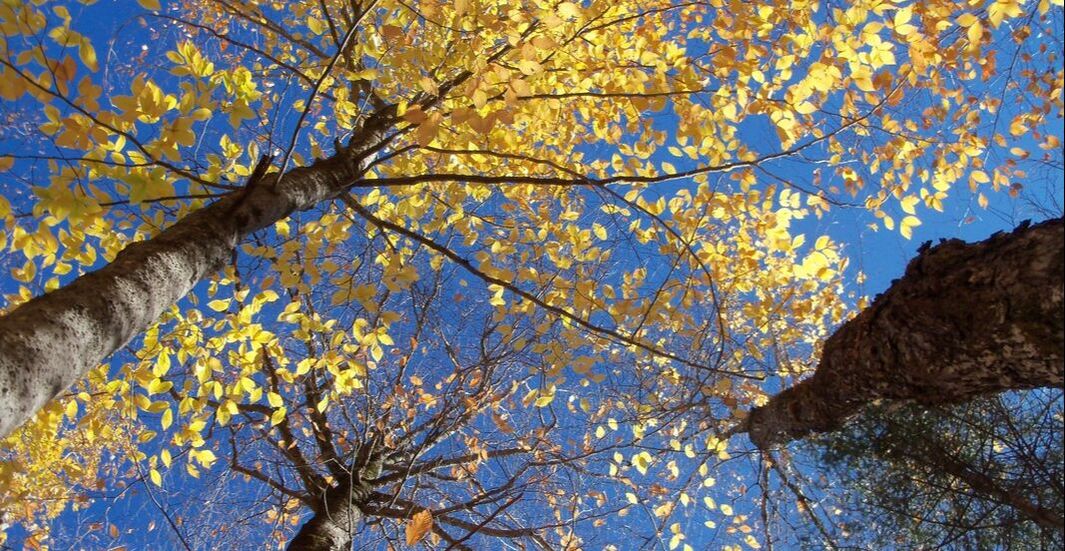
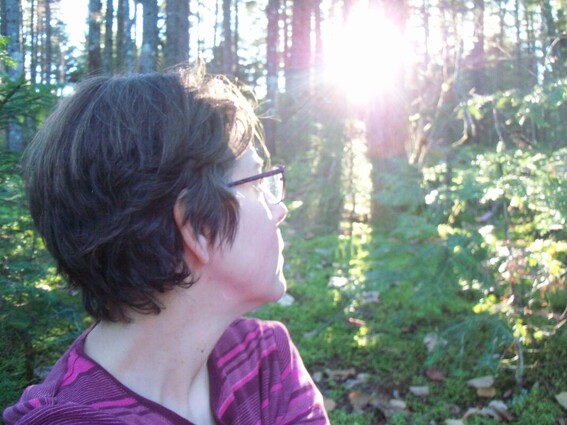

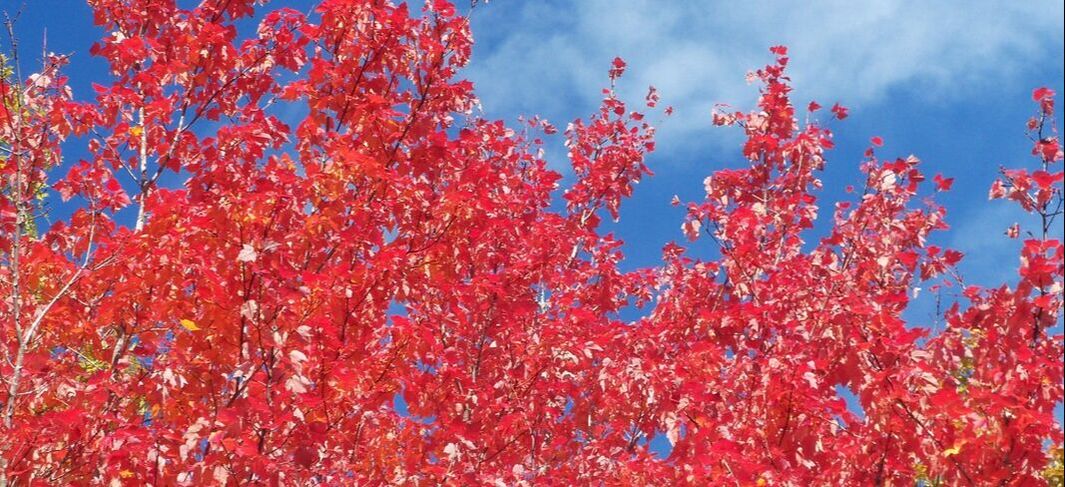
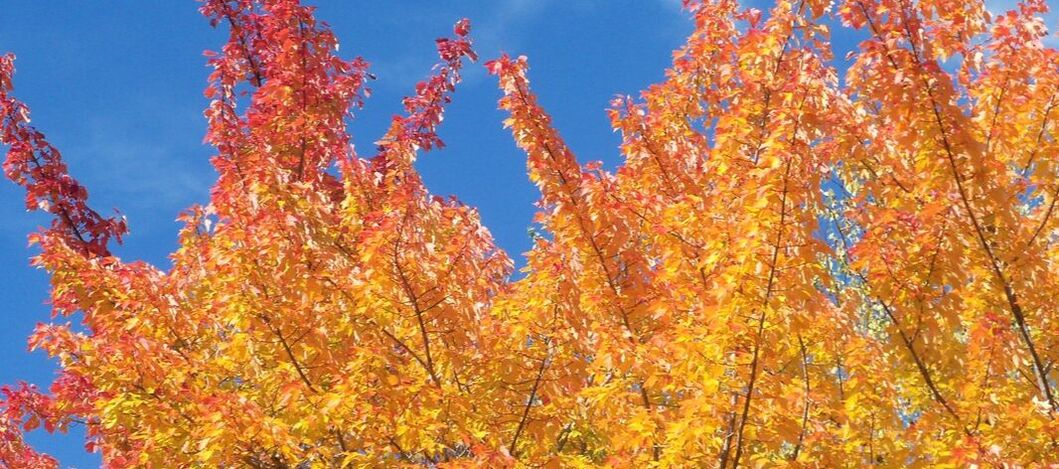
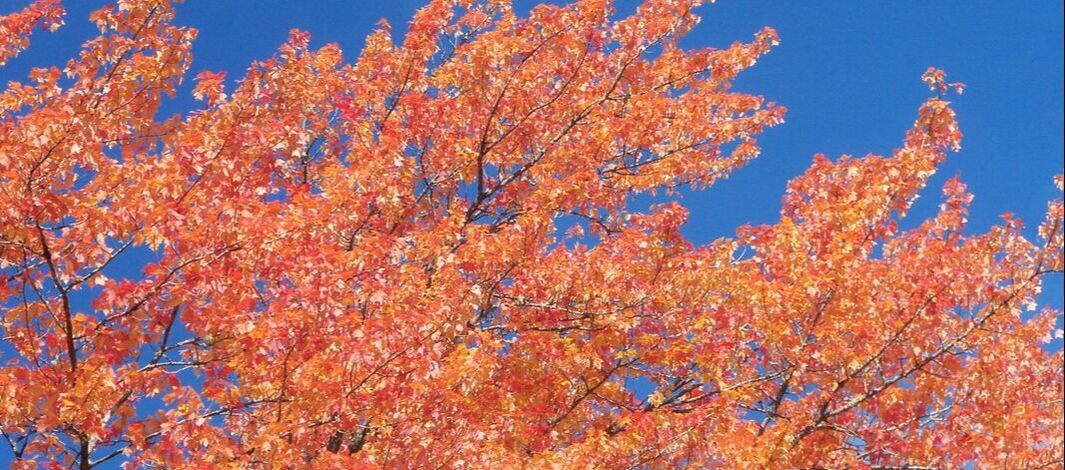
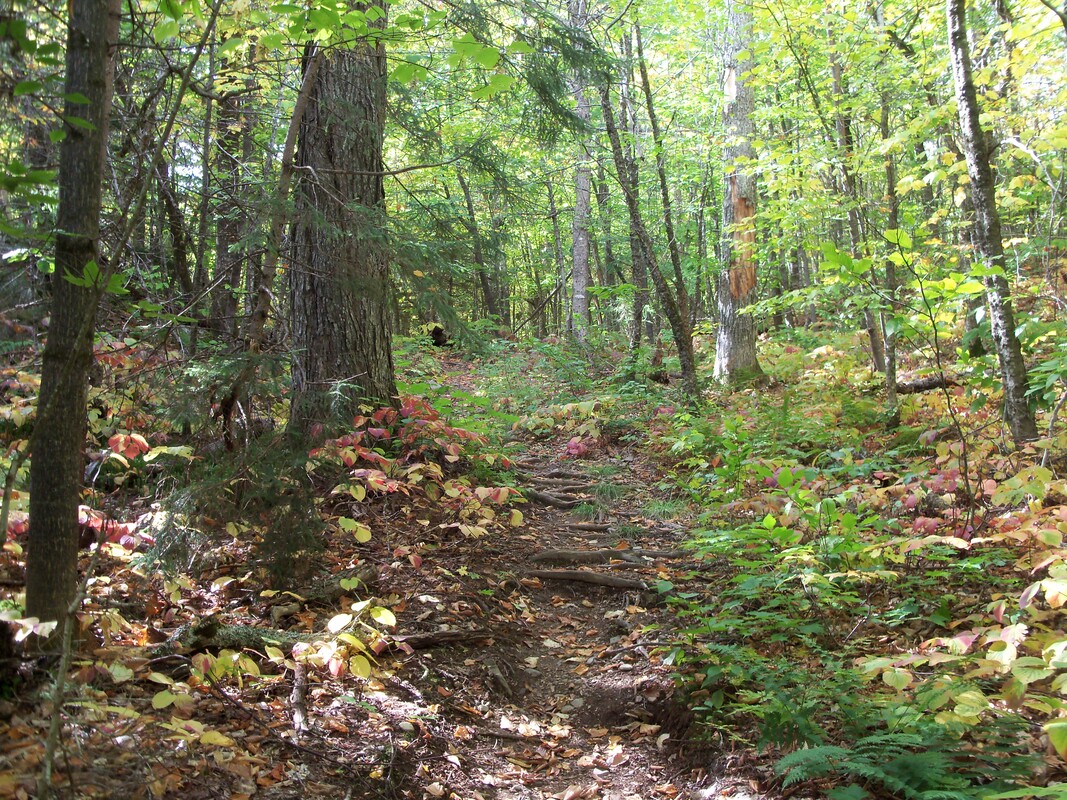
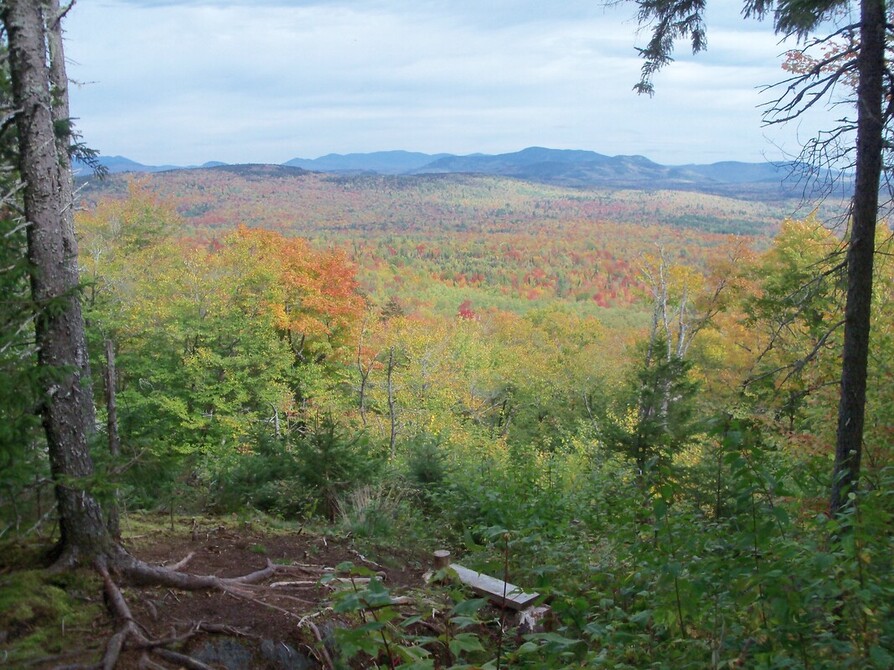
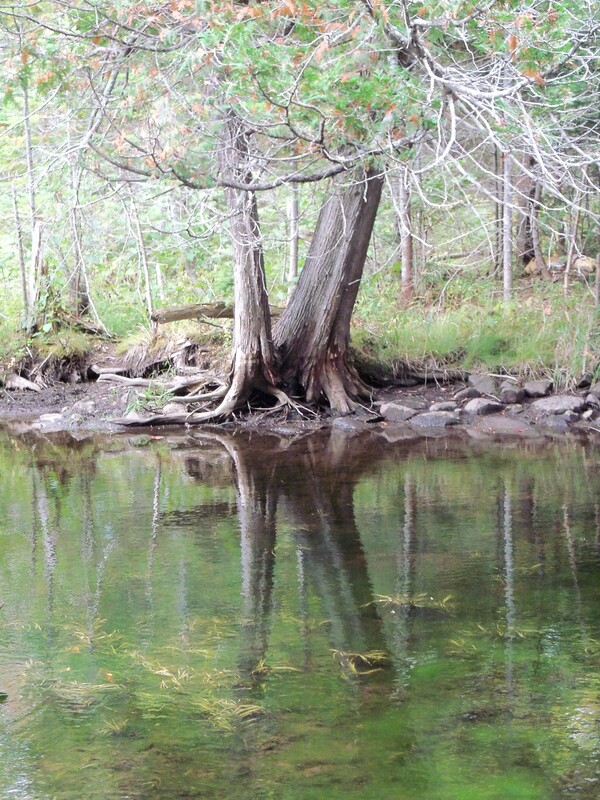
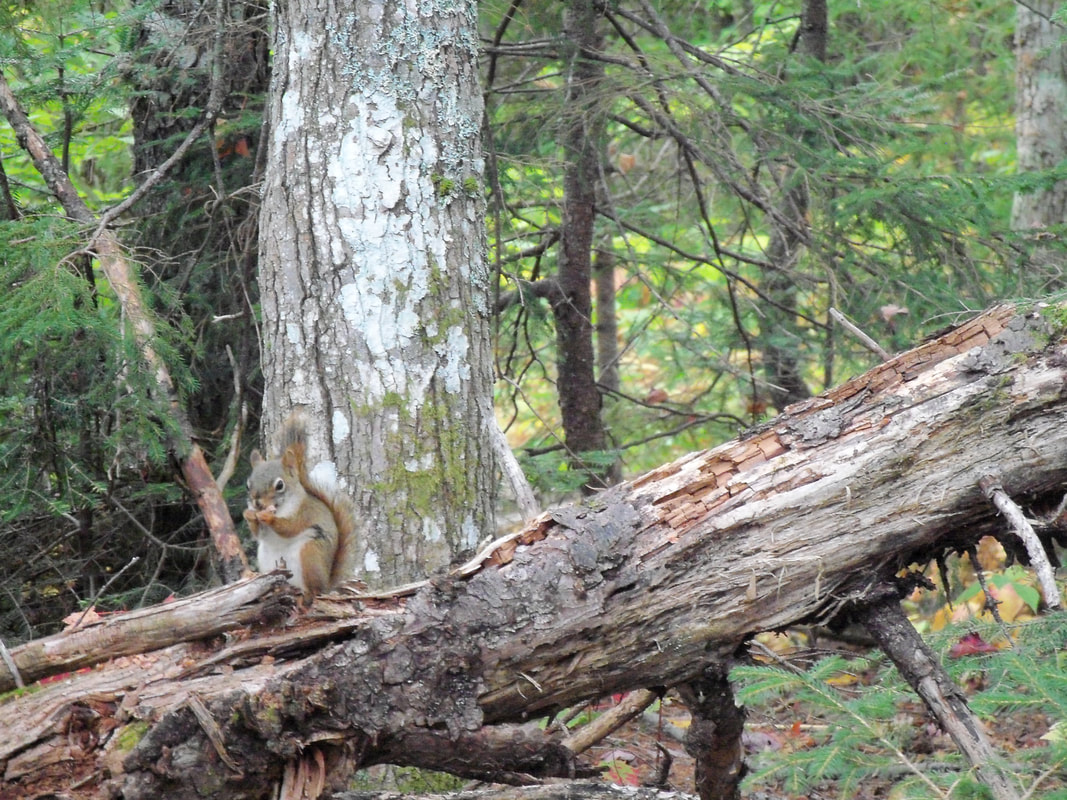
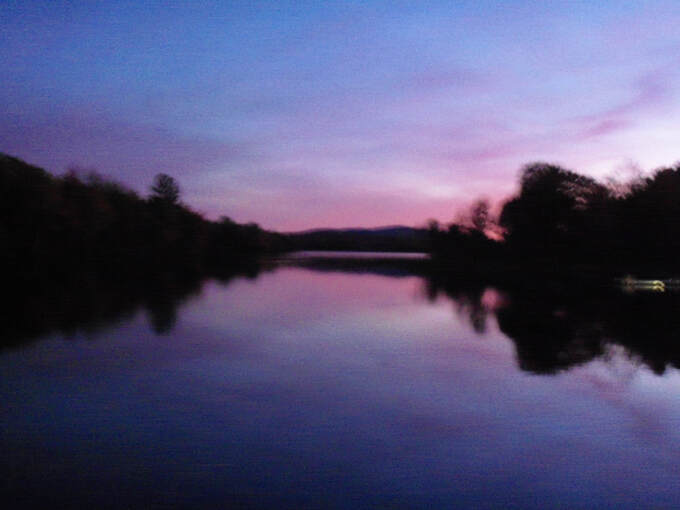

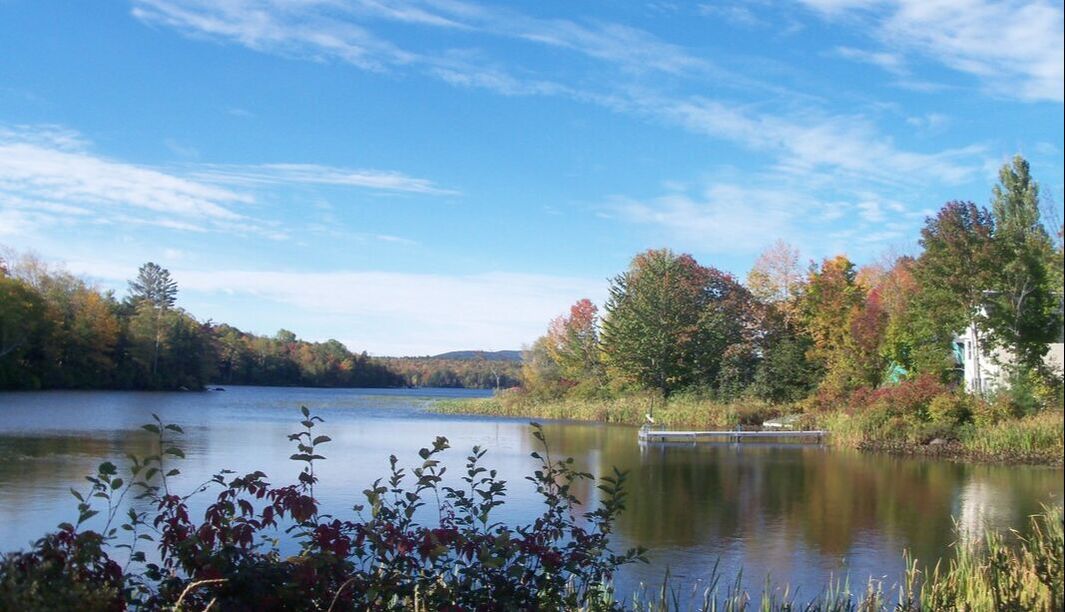
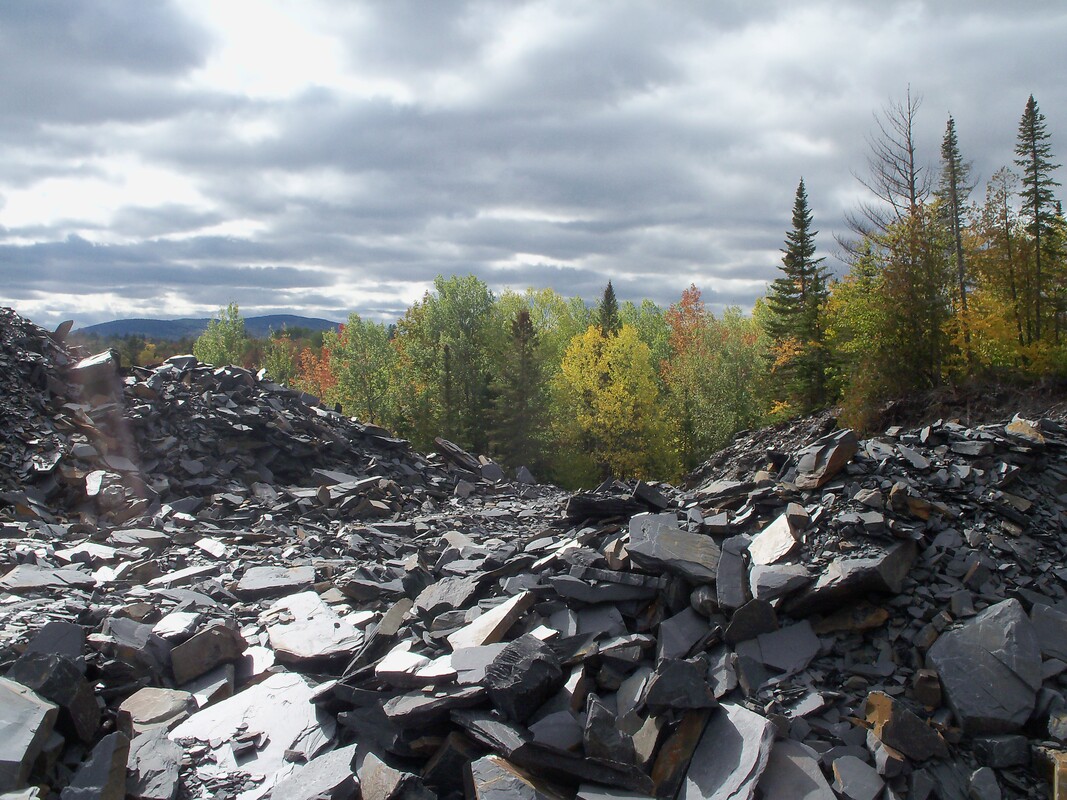
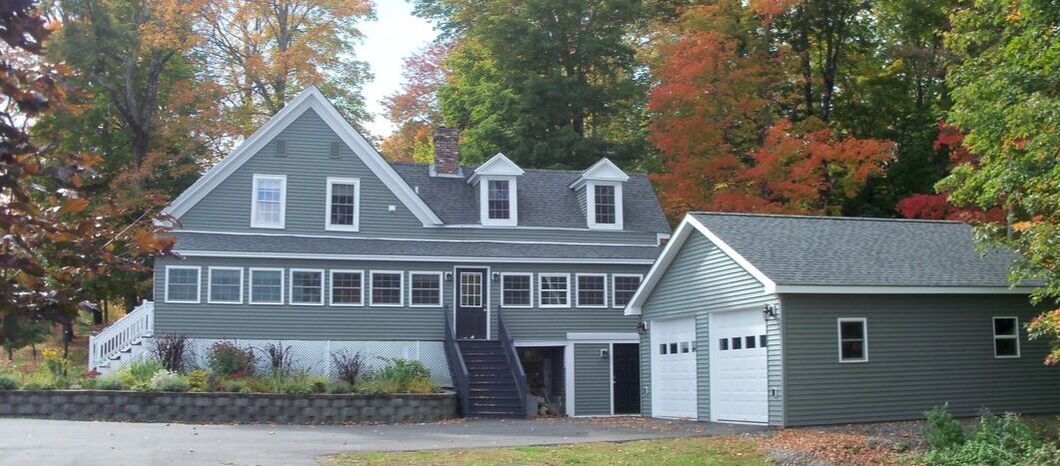

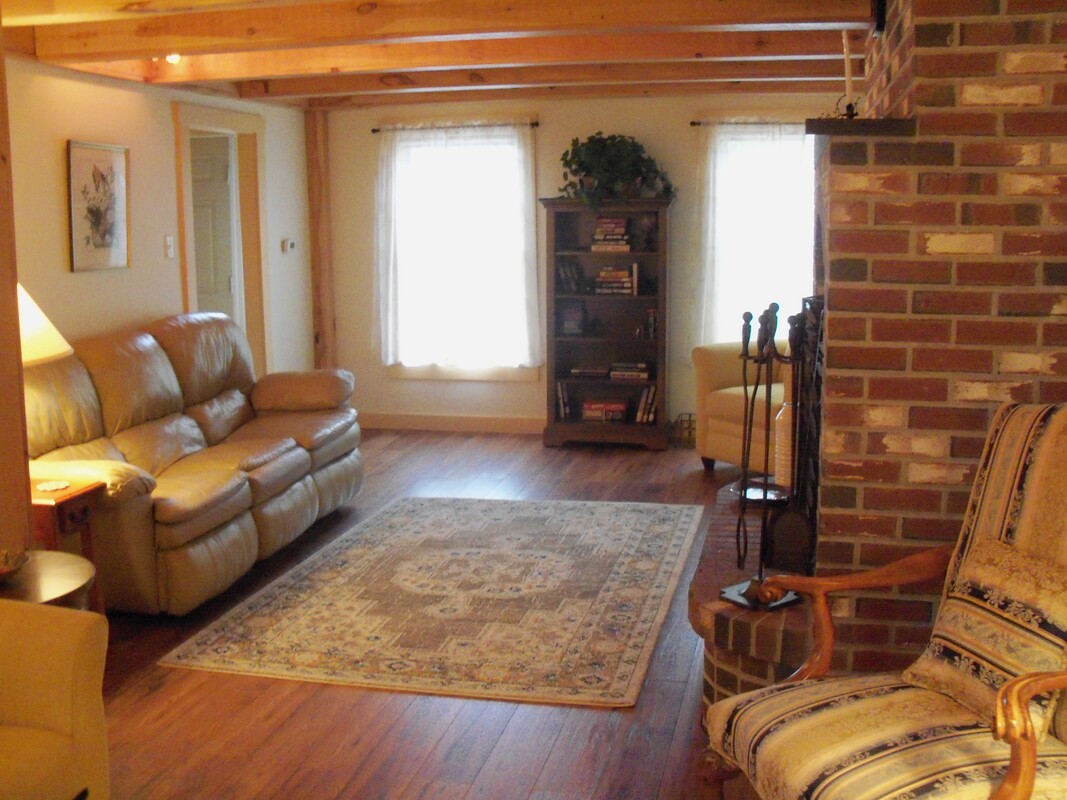
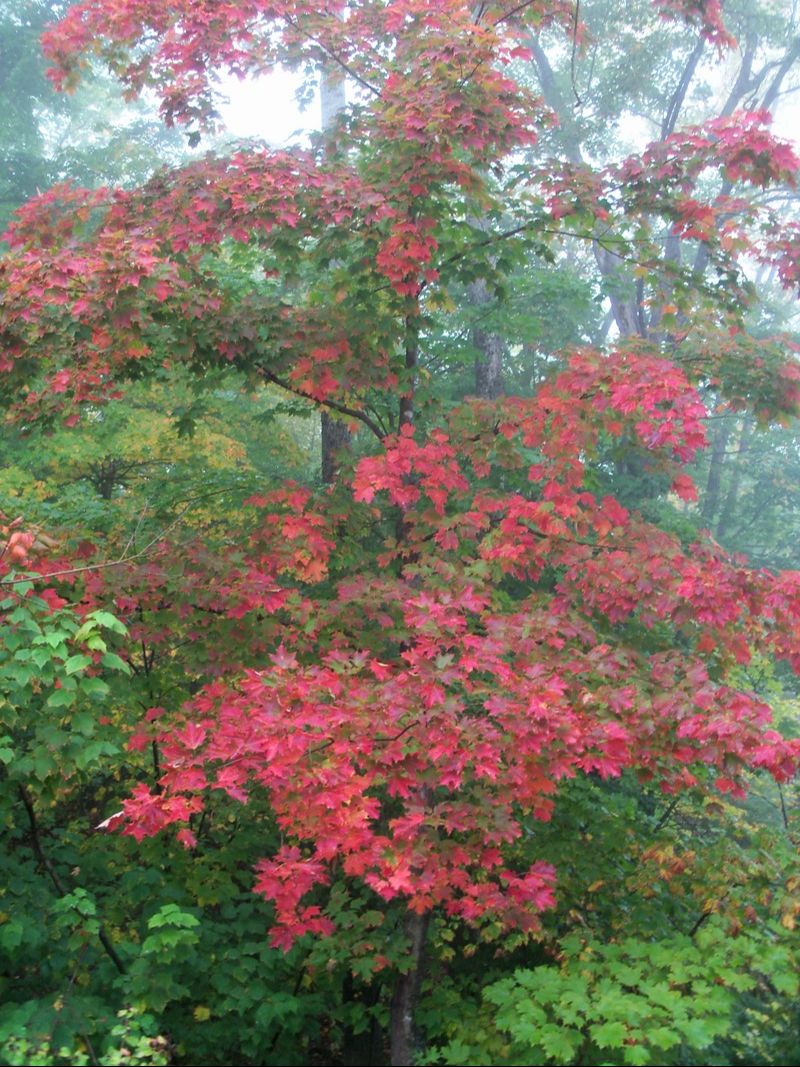
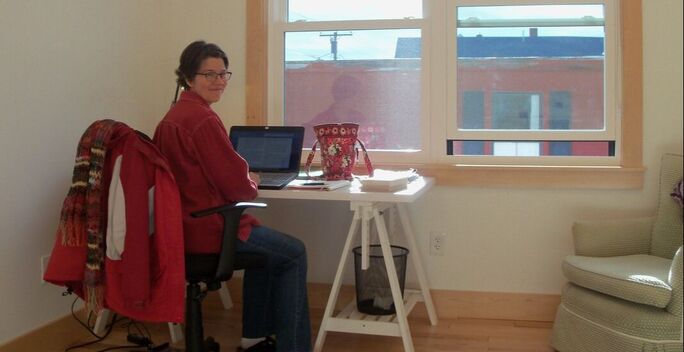
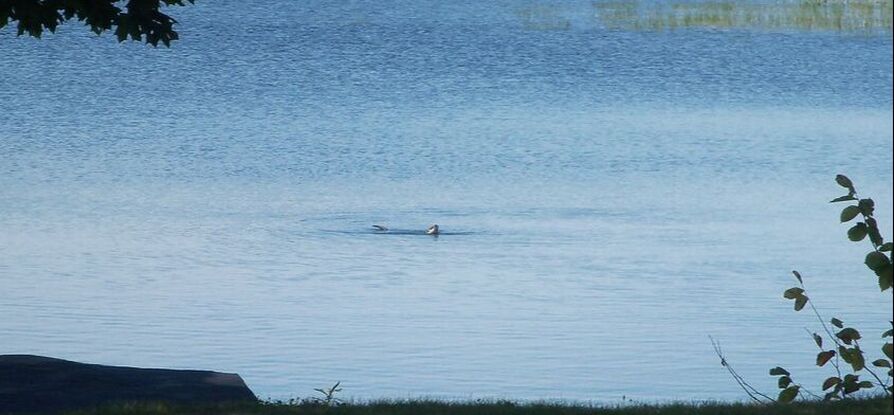
 RSS Feed
RSS Feed
